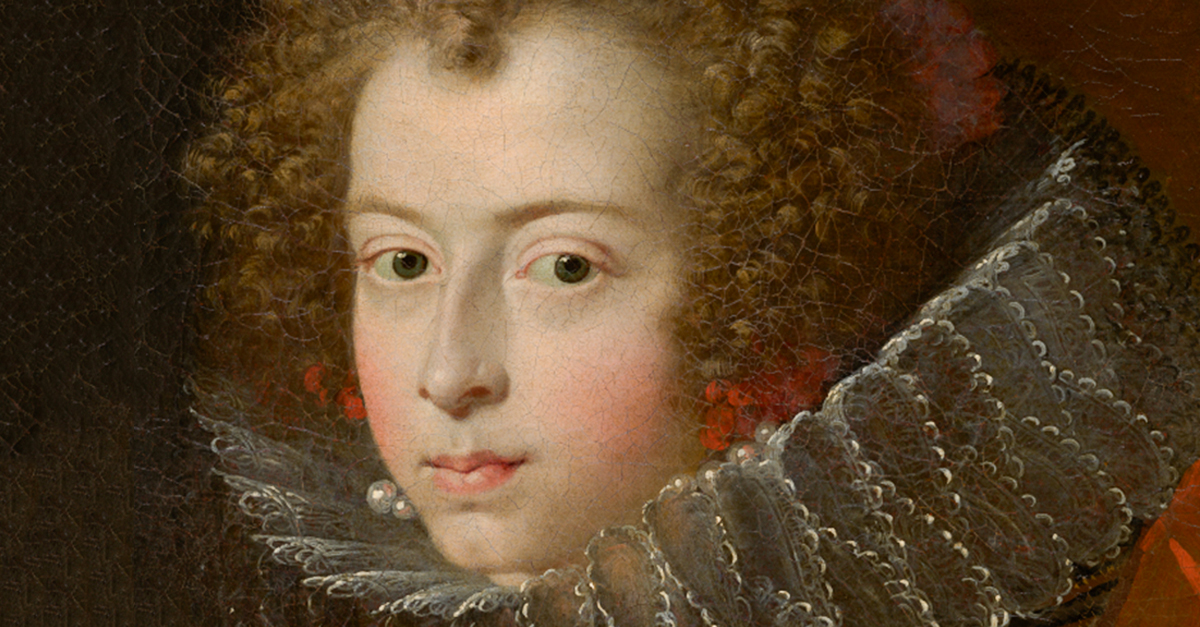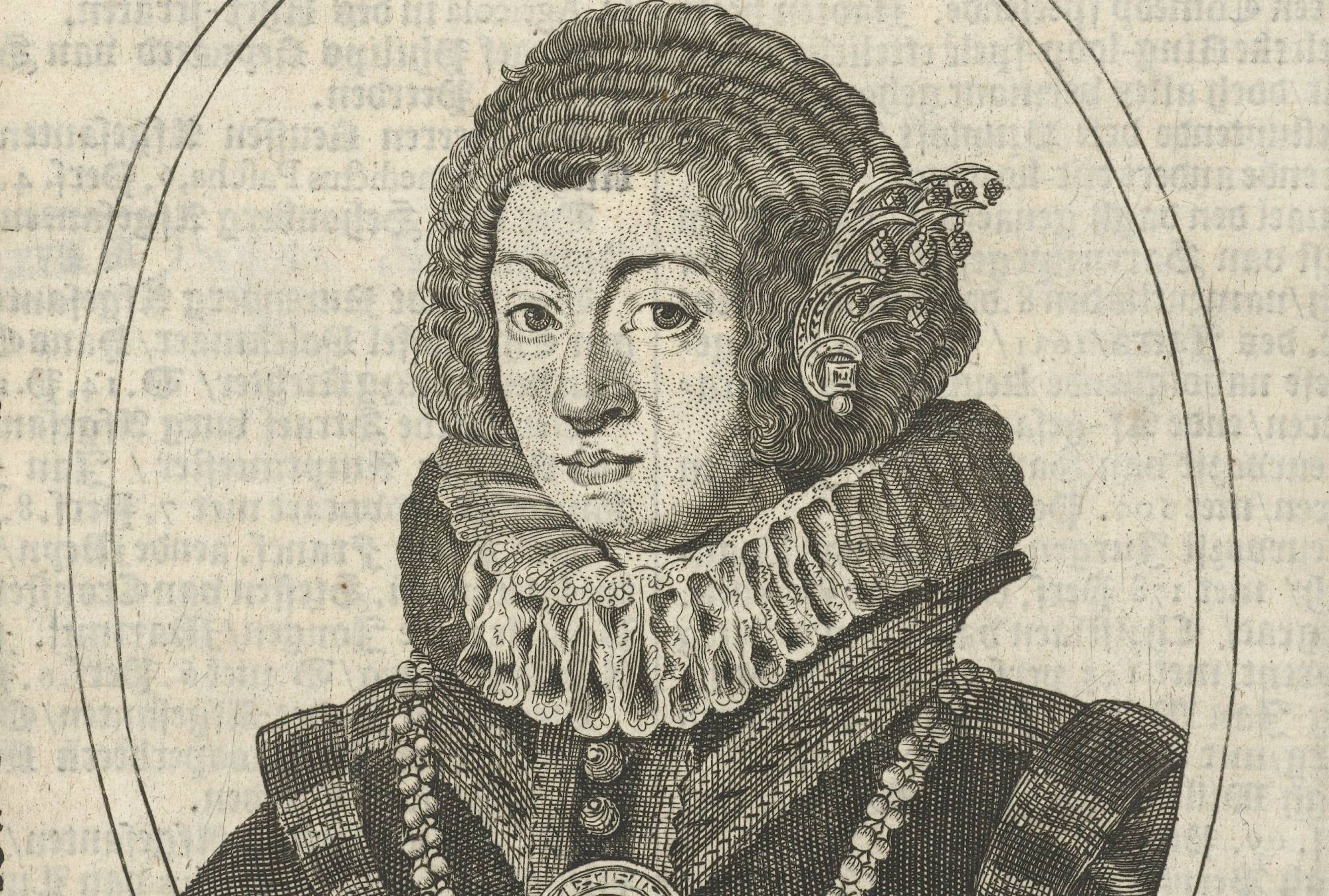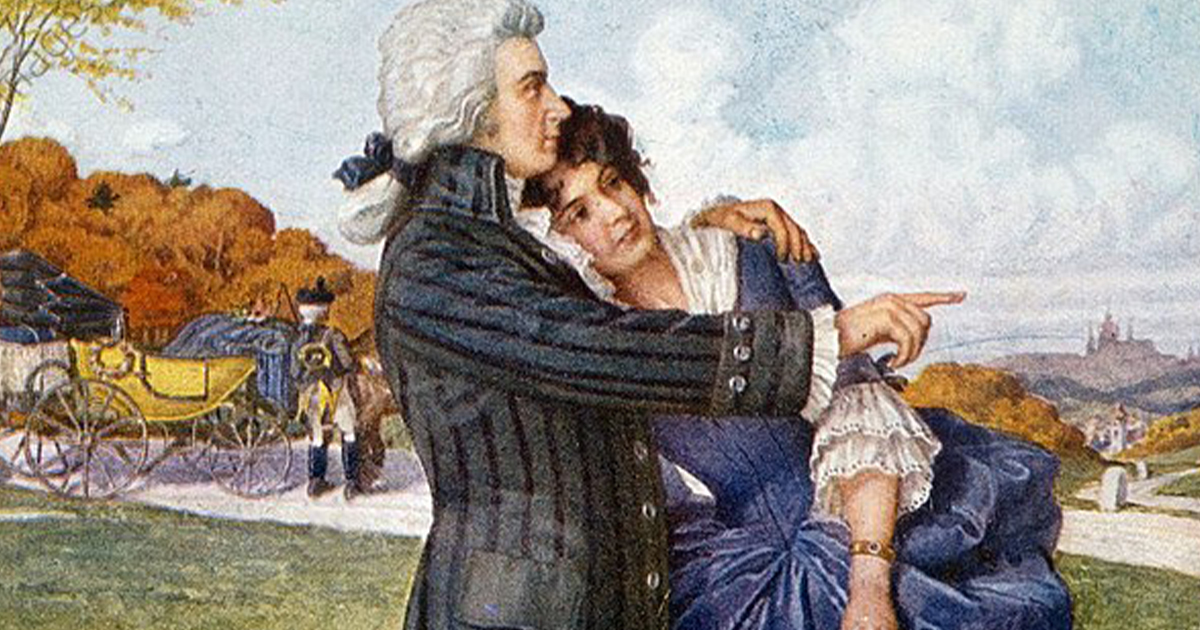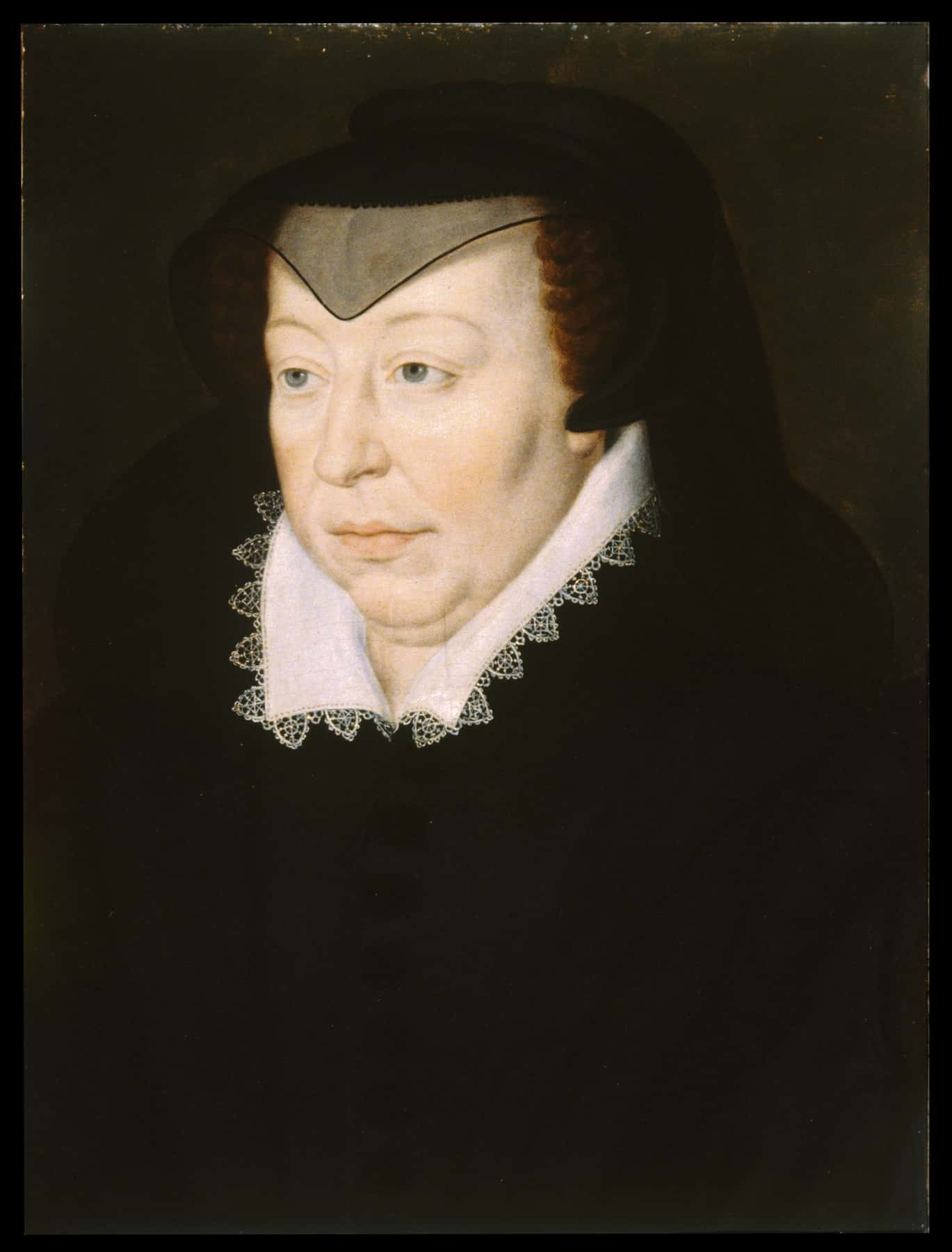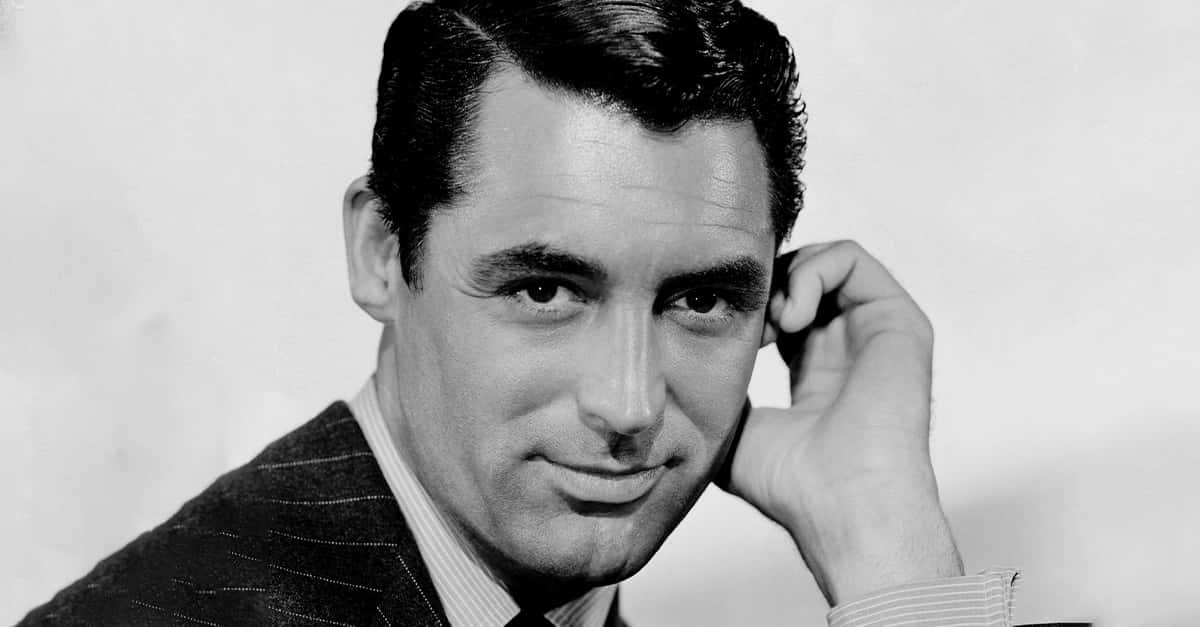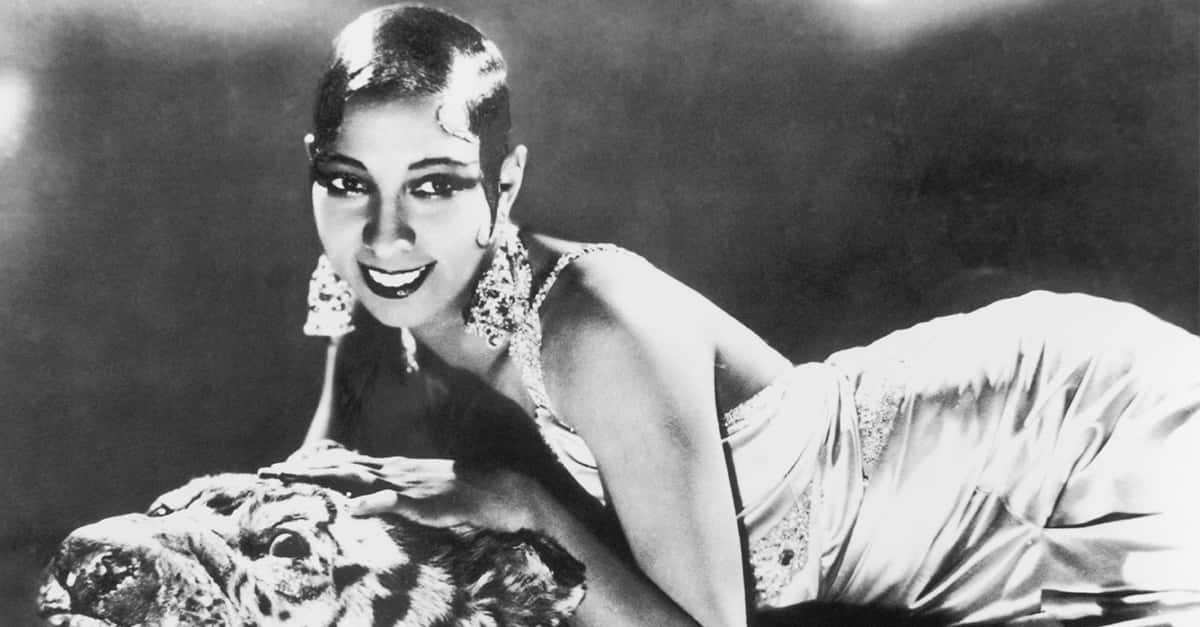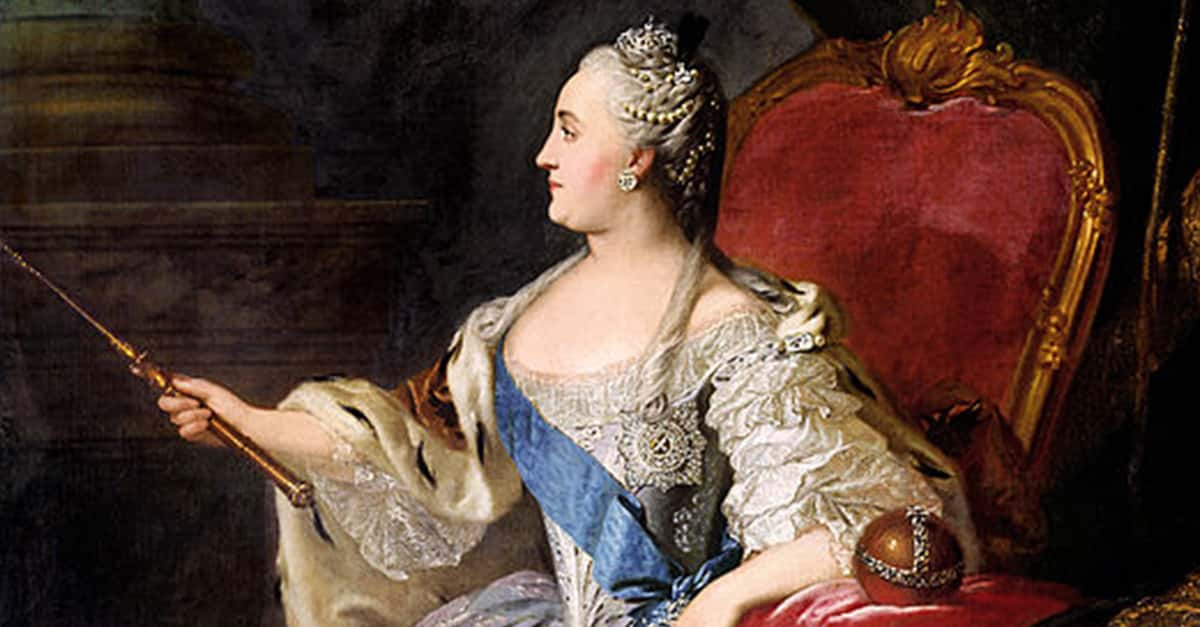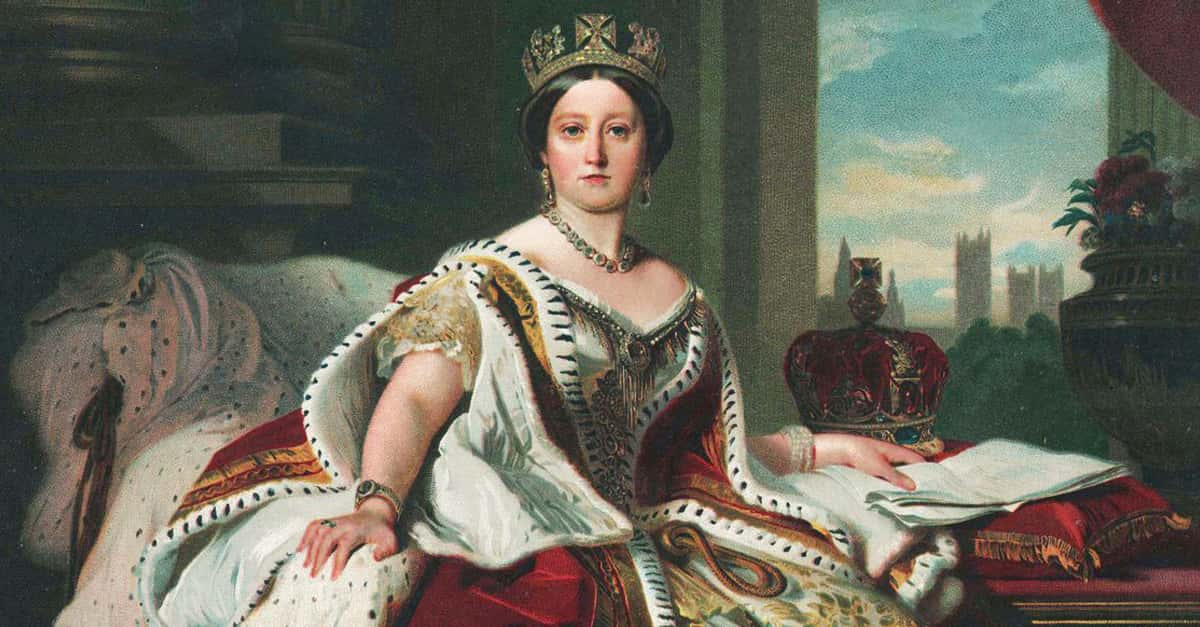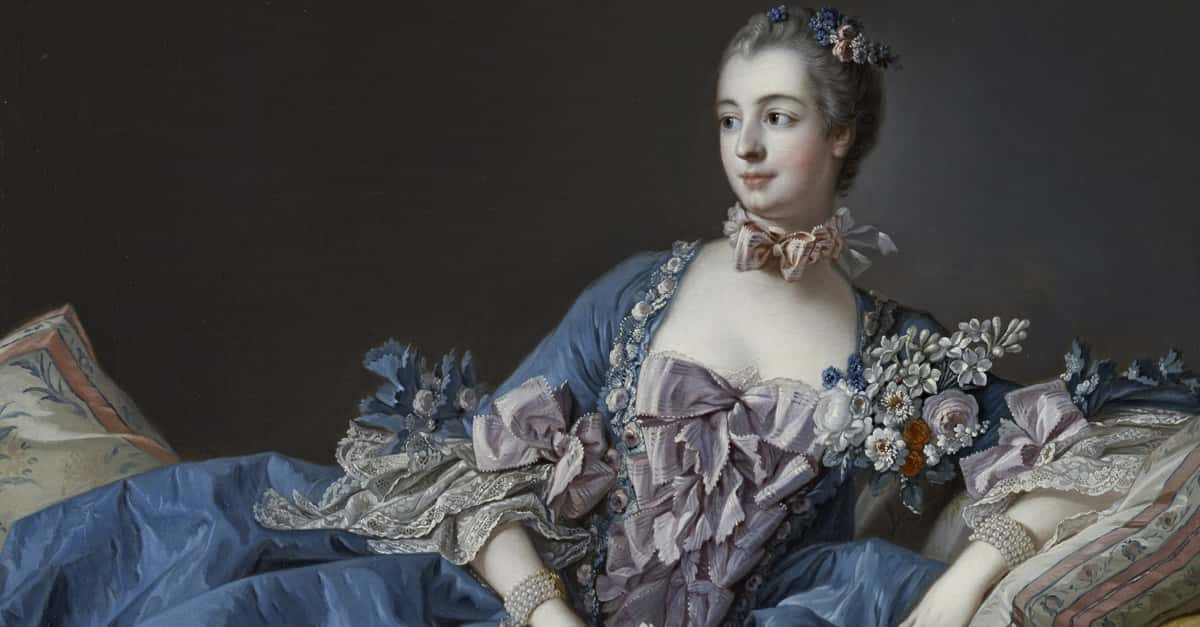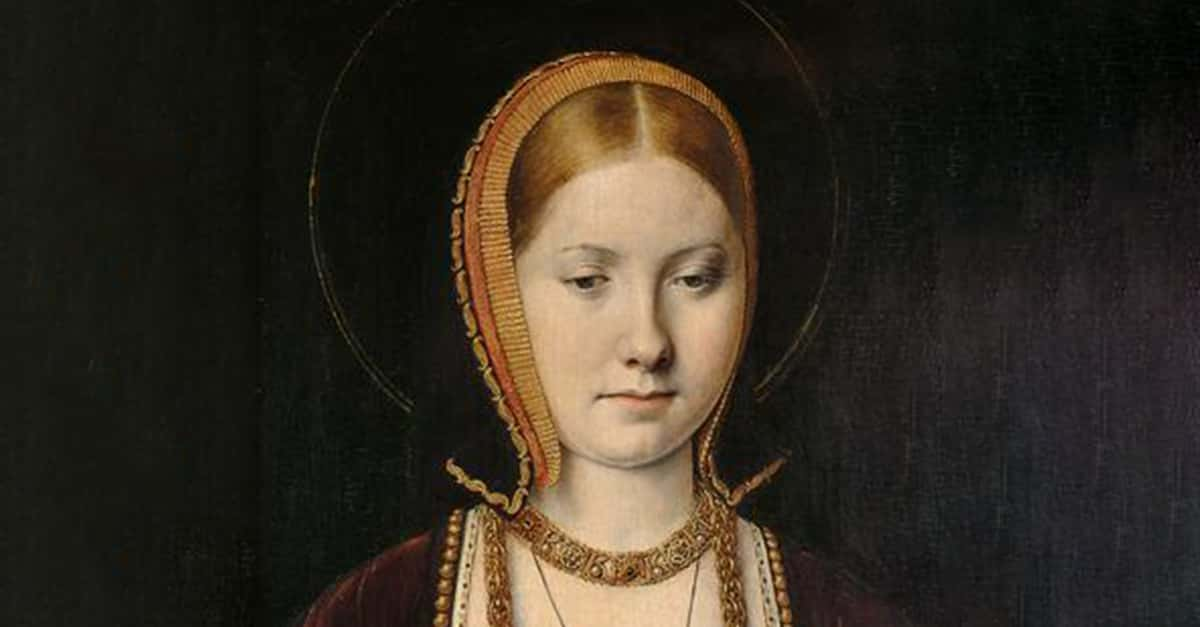The International Infanta
A little-known empress from the early to mid-17th century was the Infanta Maria Anna of Spain. Not only was she married to an important leader of the Holy Roman Empire, but she was also a member of the infamous Habsburgs—one of history's most powerful, but twisted, dynasties.
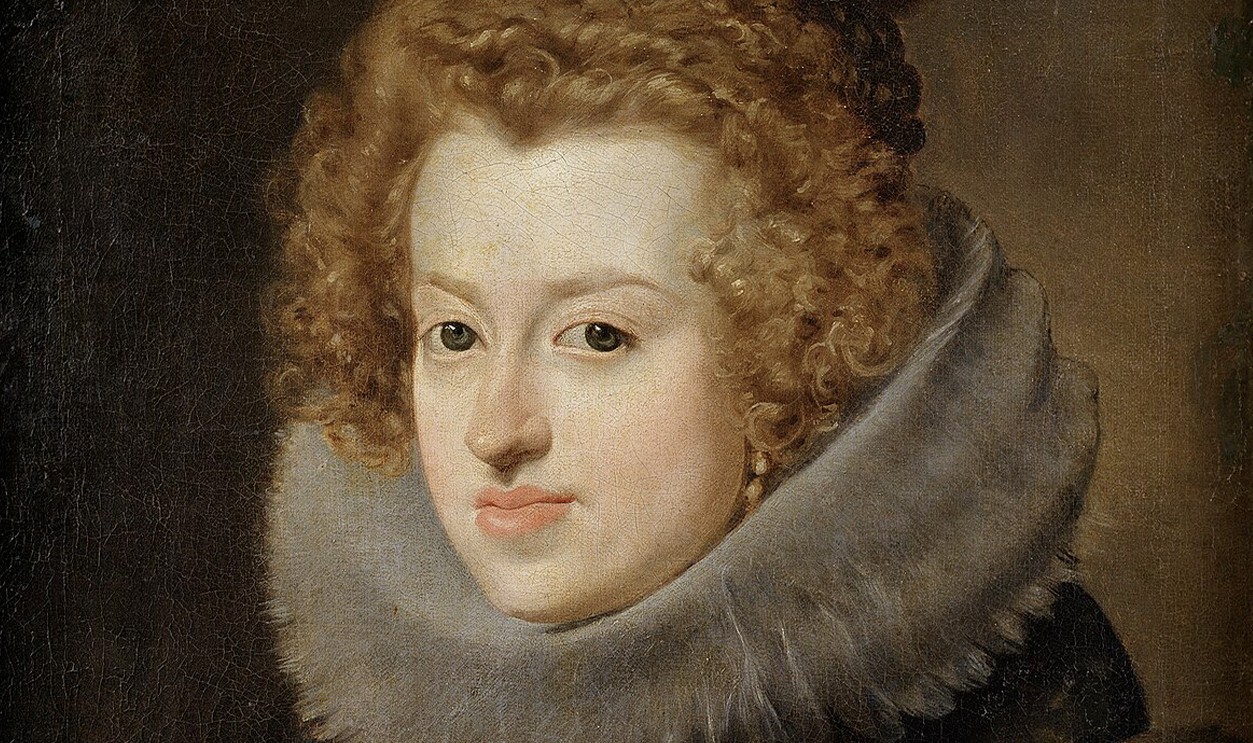
1. Her Siblings Met Tragic Ends
The Infanta Maria Anna of Spain was born on August 18, 1606, at El Escorial—and she was the fourth child to King Philip III of Spain and Margaret of Austria. She was their third daughter and one of the only surviving children of the seven that Philip and Margaret had. Child fatalities chillingly plagued the family—and there was likely a tragic reason why.
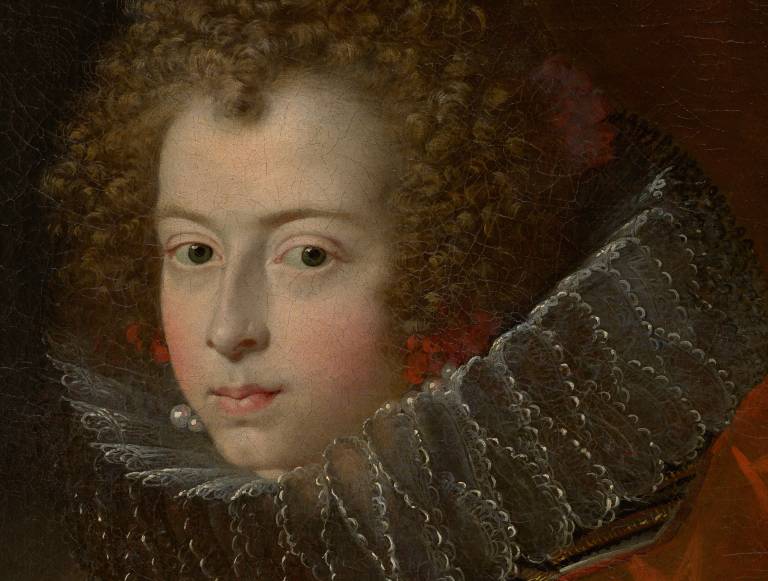 Portland Art Museum, Wikimedia Commons
Portland Art Museum, Wikimedia Commons
2. She Was Shockingly Inbred
Maria Anna was part of the Habsburg family line. Her parents were first cousins once removed, meaning their bloodlines were closely related. This consanguinity may have been a factor in the family's tragic losses. Nearly half of Maria Anna’s siblings succumbed to various conditions in infancy.
Her own inbreeding coefficient was quite high, posing a high risk for her future children.
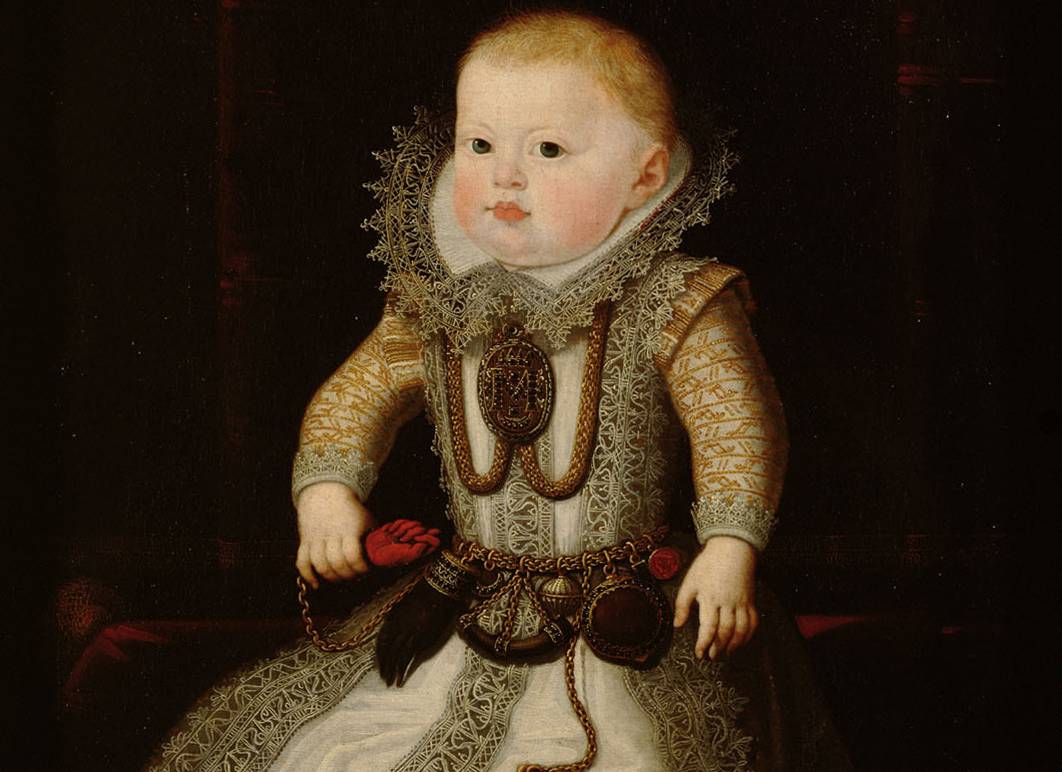 Juan Pantoja de la Cruz, Wikimedia Commons
Juan Pantoja de la Cruz, Wikimedia Commons
3. She Was Part Of An Infamous Family
Habsburgs were notorious for their intense inbreeding, drawing out extreme physical defects and mental difficulties. This was especially true for the Spanish line of the family, of which Maria Anna was a member. Though intermarriage may have played a hand in some of her future struggles, there was one devastating truth about Maria Anna's life: It was not easy.
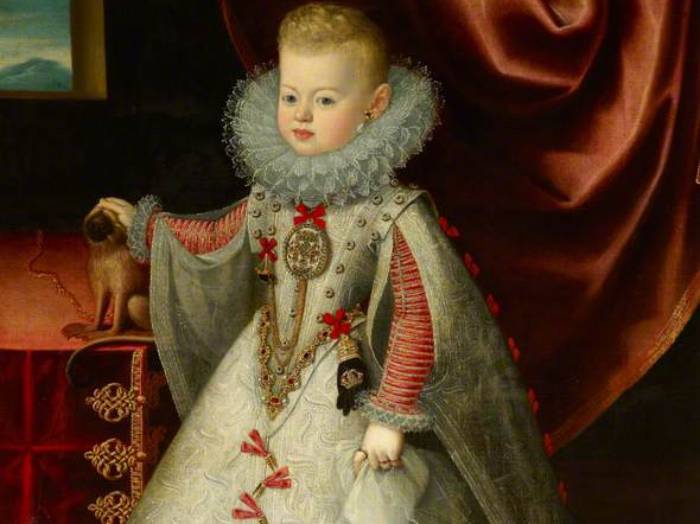 Bartolomé González y Serrano, Wikimedia Commons
Bartolomé González y Serrano, Wikimedia Commons
4. She Lost A Parent Early In Her Life
Sadly, Maria Anna endured a heartbreaking loss at a young age. Her mother, Margaret of Austria, met her demise due to complications during childbirth. Maria Anna was only five, and her mother was 26. Being without such an important part of her life meant that Maria Anna’s life was put in the unchecked hands of her father.
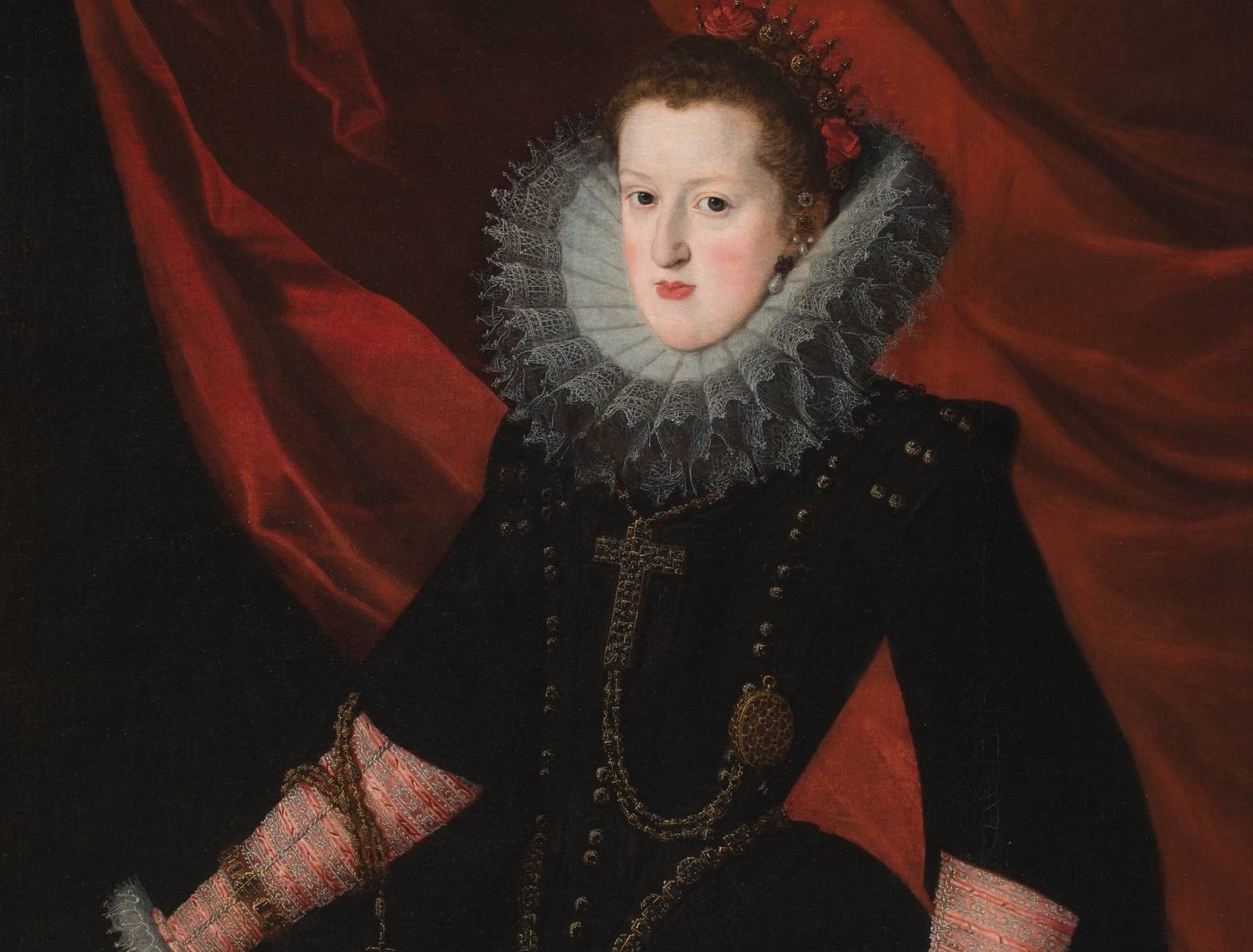 Juan Pantoja de la Cruz, Wikimedia Commons
Juan Pantoja de la Cruz, Wikimedia Commons
5. She Was Inclined To Learn About The World Around Her
Even when Maria Anna was young, her fate within the family was always destined to be a strategic marriage. She was intelligent and knew this would be her path in life. Her father continually searched for matrimonial allies, using his daughter’s life as a bargaining chip in international affairs. Starting as early as adolescence, Maria Anna likely knew her cards were in her father's hands.
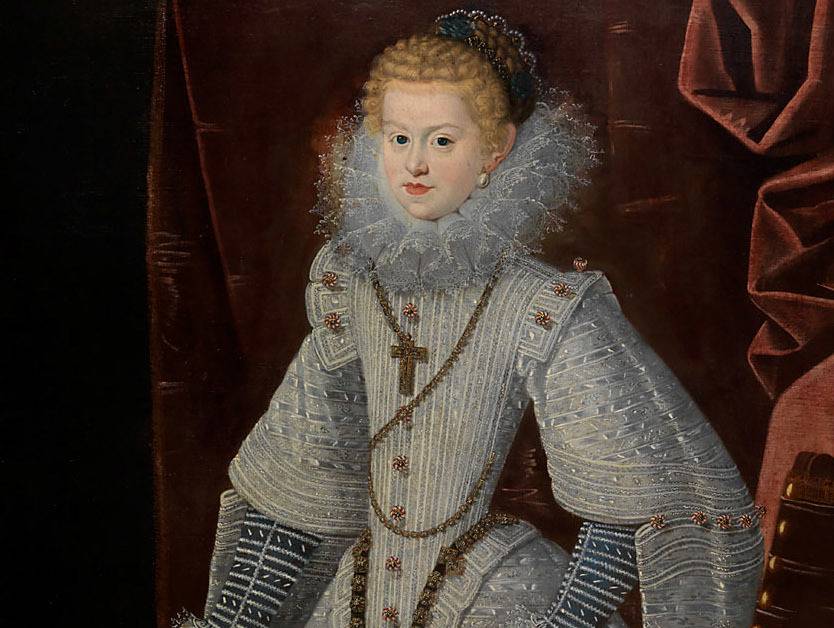 Bartolomé González y Serrano, Wikimedia Commons
Bartolomé González y Serrano, Wikimedia Commons
6. She Knew What She Was Doing
Knowing her destiny didn’t mean she was a passive player in it. No, Maria Anna was smart, and she had been born and raised in the political environment of the Spanish court. As she grew up, she learned the ins and outs of the political landscape she lived in.
In many cases, she used this information to her advantage.
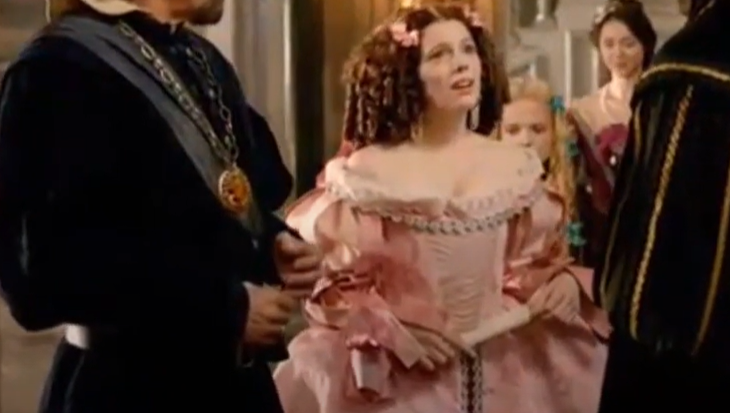 Beta Film, The Adventures of Captain Alatriste (2015)
Beta Film, The Adventures of Captain Alatriste (2015)
7. She Was Almost Married To Her Cousin
Her first betrothal was to Archduke John-Charles, heir to Ferdinand II, Holy Roman Emperor. John-Charles was her first cousin, meaning he was the son of Maria Anna’s maternal uncle. Their marriage didn’t make it to the altar, as her betrothed endured an early passing in 1618.
This meant she was once again available for another strategic marriage.
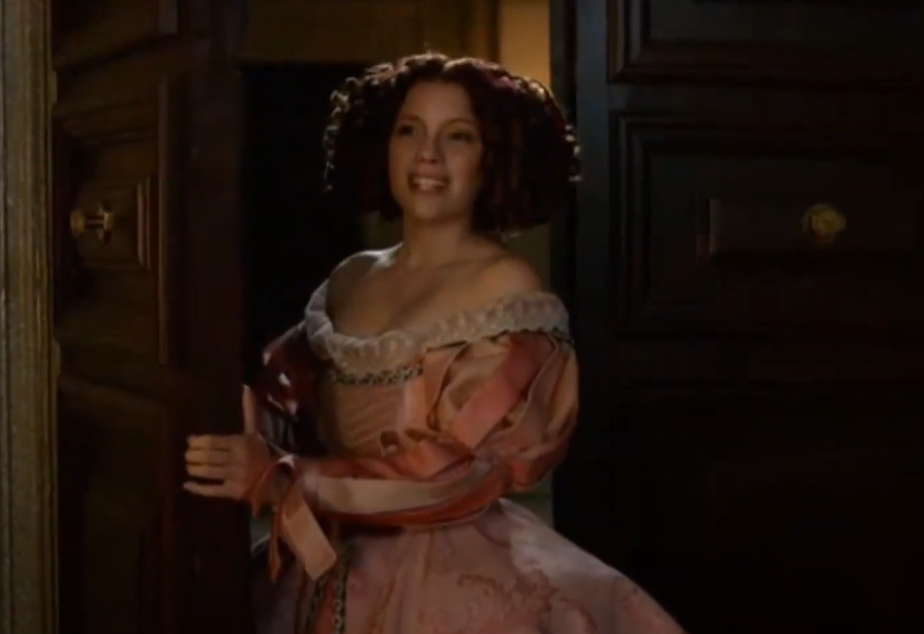 Beta Film, The Adventures of Captain Alatriste (2015)
Beta Film, The Adventures of Captain Alatriste (2015)
8. She Was Almost A Princess Of A Far-Off Land
Maria Anna’s next fiancé was Charles, Prince of Wales, who was not of direct relation to the Habsburgs. This might have served the family well in the long run, but scandal struck in England and Scotland as news of the “Spanish Match” spread. Despite this, the Prince of Wales stuck to his promise and went to visit Maria Anna to arrange the details of their marriage.
Their meeting proved to be their downfall.
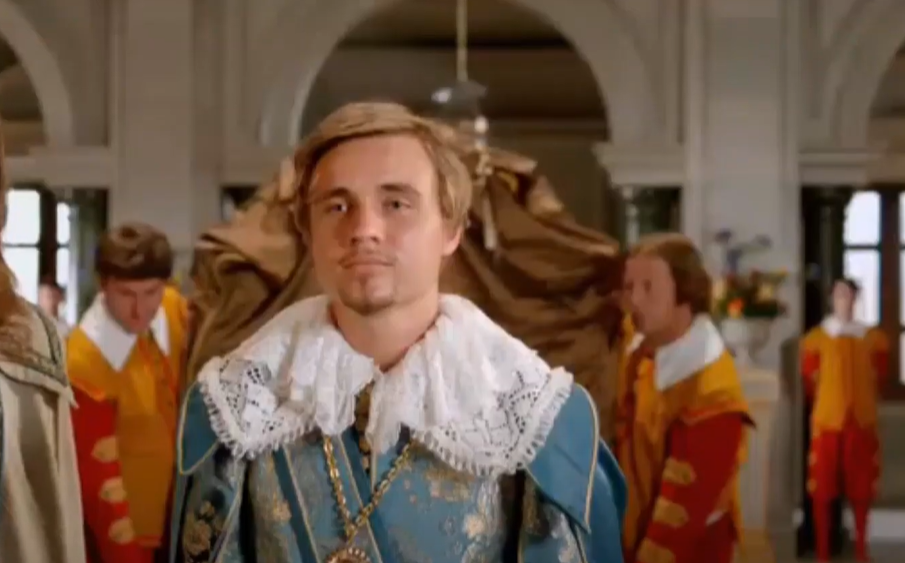 Beta Film, The Adventures of Captain Alatriste (2015)
Beta Film, The Adventures of Captain Alatriste (2015)

History's most fascinating stories and darkest secrets, delivered to your inbox daily.
9. She Was Dedicated To Her Piety
When it came to her beliefs, Maria Anna would not budge—her dedication to her religion trumping even an auspicious match. When she discovered the Prince of Wales was a Protestant, she refused to marry him unless he converted to Catholicism. But her fiancé wouldn’t convert. This brought their negotiations to an impasse—and their engagement crashed and burned.
So far, Maria Anna had only had one disastrous engagement after the other—but her bad luck was about to take a turn.
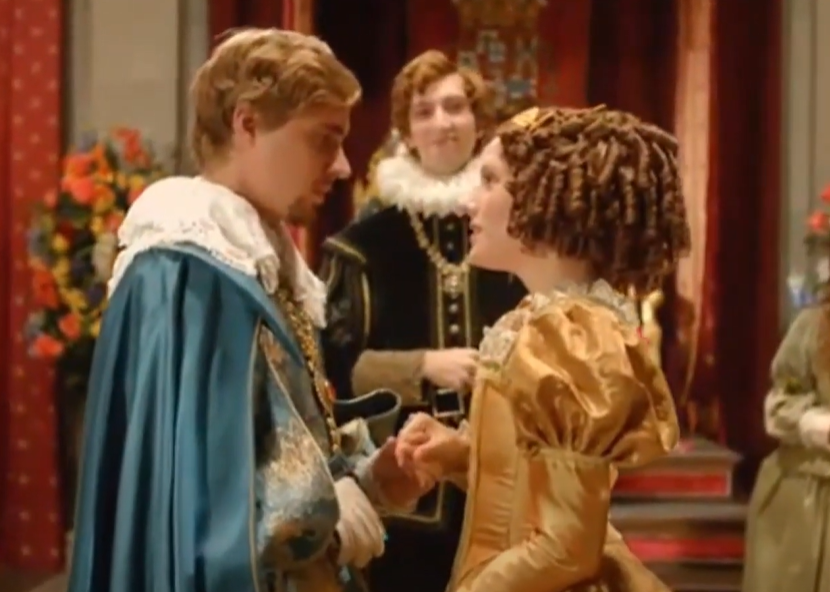 Beta Film, The Adventures of Captain Alatriste (2015)
Beta Film, The Adventures of Captain Alatriste (2015)
10. She Finally Had An Engagement That Stuck
After the dissolution of her second engagement, the question of Maria Anna's future marriage still hung in the air. Fortunately for her, her father’s next betrothal agreement was with Ferdinand III, the future Holy Roman Emperor. Announced in late 1626, this would be her third and final betrothal. However, there was one unfortunate detail about her future husband.
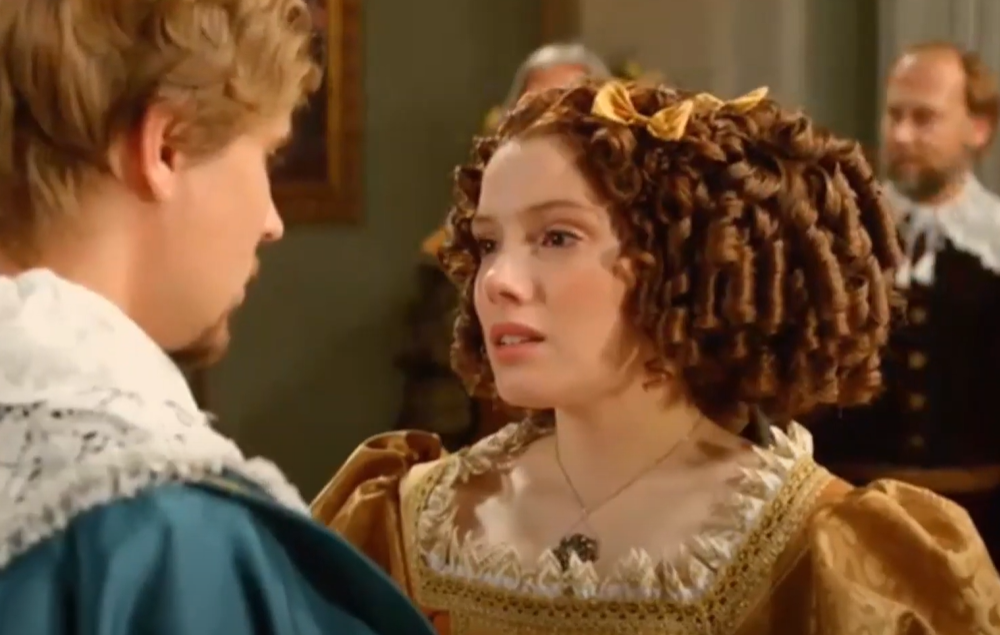 Beta Film, The Adventures of Captain Alatriste (2015)
Beta Film, The Adventures of Captain Alatriste (2015)
11. She Married Her First Cousin
Ferdinand III was her first fiancé’s younger brother, and he was also the new heir to Holy Roman Emperor Ferdinand II. The Habsburg habit of familial intermarriage continued, as Ferdinand II was Maria Anna’s maternal uncle. This meant that Ferdinand III was her first cousin.
This advanced the Habsburg’s goals of amassing immense power under their family name—but there was also a high price to pay.
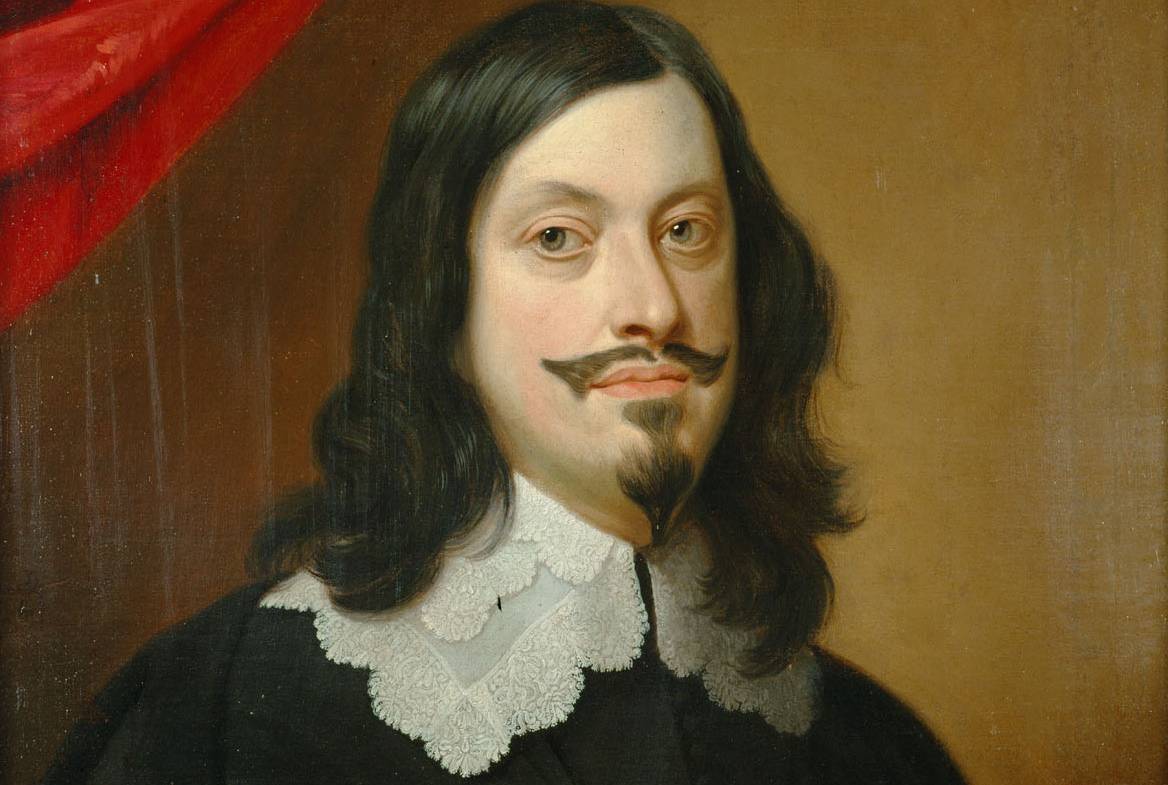 Jan van den Hoecke, Wikimedia Commons
Jan van den Hoecke, Wikimedia Commons
12. Her Family Was Cursed
The Habsburgs grasped desperately for control of as much of Europe as possible. Their goal was to unite it under the Habsburg name, and they tried to accomplish this through the consanguineous breeding and intermarriage of royals. This magnified every health impairment in their bloodline to an extreme extent, and it is highly suggested that it was a factor in their eventual termination.
Maria Anna’s life came several generations before their downfall—but as we'll se, she still wasn't spared from familial heartache.
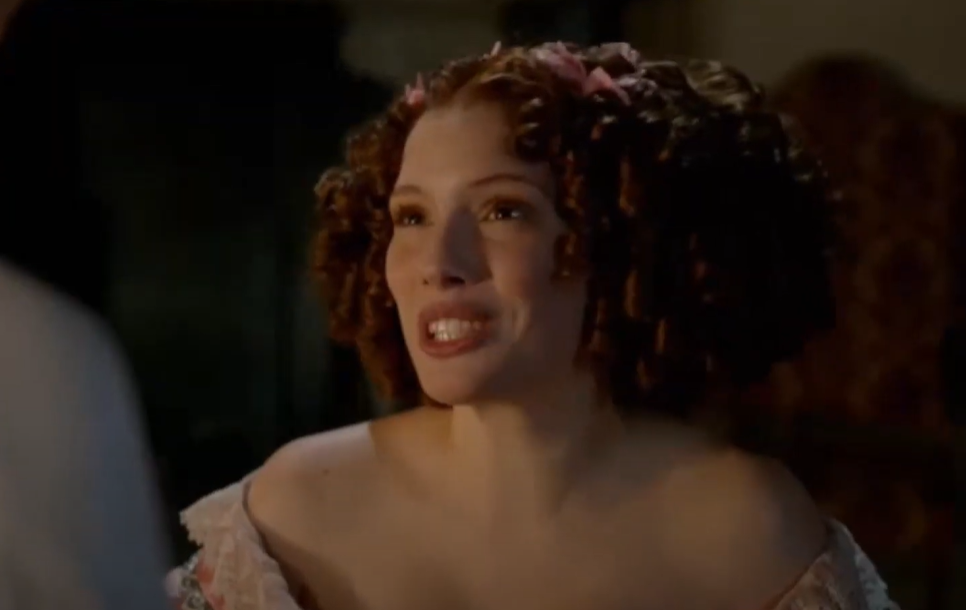 Beta Film, The Adventures of Captain Alatriste (2015)
Beta Film, The Adventures of Captain Alatriste (2015)
13. She Was Patient
Back to Maria Anna’s marriage. Before the actual ceremony could occur, they had to hash out the details. These negotiations lasted for a couple of years, during which Ferdinand III became both the King of Hungary and the King of Bohemia. After several years of intense marriage arrangements, the couple signed the contract in 1628.
The contract contained a couple of interesting details on Maria Anna’s side.
 Beta Film, The Adventures of Captain Alatriste (2015)
Beta Film, The Adventures of Captain Alatriste (2015)
14. She Came Out On Top
When it came to her marriage contract, Maria Anna certainly came out on top, as it allocated her a generous inheritance. Though she would become queen of several countries and take on the title of Holy Roman Empress, she would also retain her claim over the Spanish throne. It was cut-throat business, though, as her older sister Infanta Anna was forced to give up her claim to the crown.
However, Maria Anna's road to marriage still had some twists and turns in store for her.
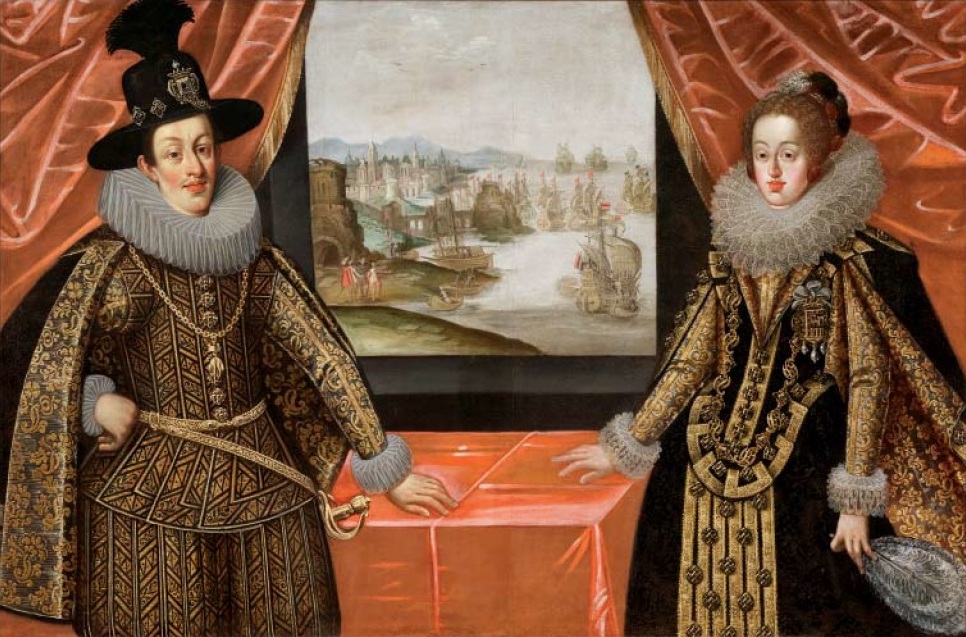 Justus Sustermans, Wikimedia Commons
Justus Sustermans, Wikimedia Commons
15. She Was Forced To Leave Her Home
Maria Anna and Ferdinand III remained unmarried even though they had established the contract. Next, she had to travel to Vienna, departing from Madrid in December 1926. She was 20 years old at this point—the seeds of her engagement planted five years earlier.
But though they were finally beginning to sprout, unforeseen difficulties still threw a shadow over her path.
 Beta Film, The Adventures of Captain Alatriste (2015)
Beta Film, The Adventures of Captain Alatriste (2015)
16. She Had To Avoid The Plague
Traveling from Madrid to Vienna took longer than a year. To make matters worse, their journey encountered a nightmarish setback—the threat of the Italian Peninsula's plague epidemic looming ahead. They couldn’t stop in Bologna, where the church planned to award her the Golden Rose, given to those admired by the church.
They needed to re-think where they were going to land, otherwise she wouldn’t be able to receive the award.
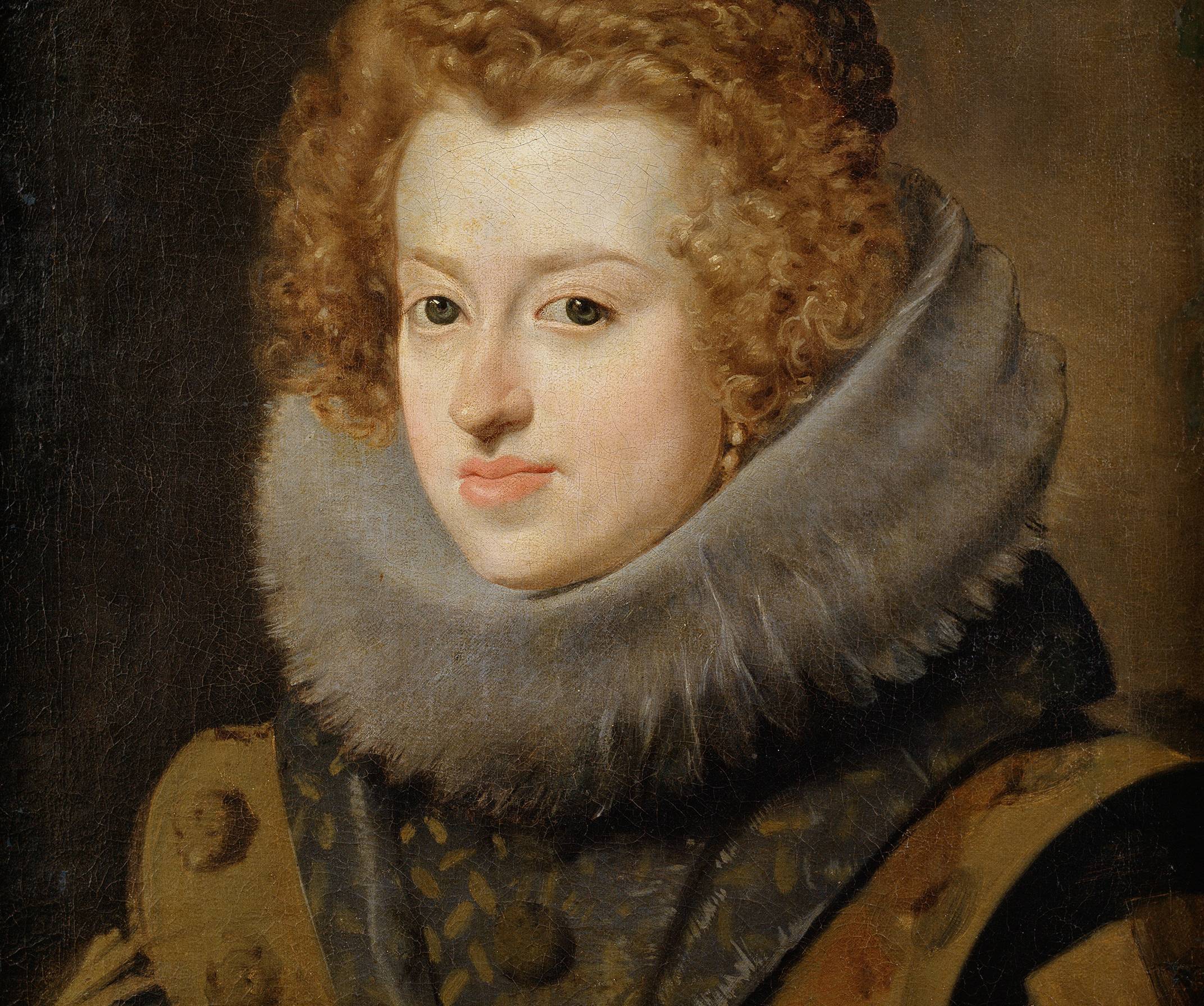 Diego Velázquez, Wikimedia Commons
Diego Velázquez, Wikimedia Commons
17. She Received A Golden Rose
The ship changed course for their landing spot: Naples. There, Maria Anna finally got her hands on that Golden Rose. With that part of her journey completed, she and her party continued on to her pilgrimage to the Basilica Della Santa Casa to honor the Virgin Mary.
After completing this leg of the voyage, she continued on to Trieste to seal her fate.
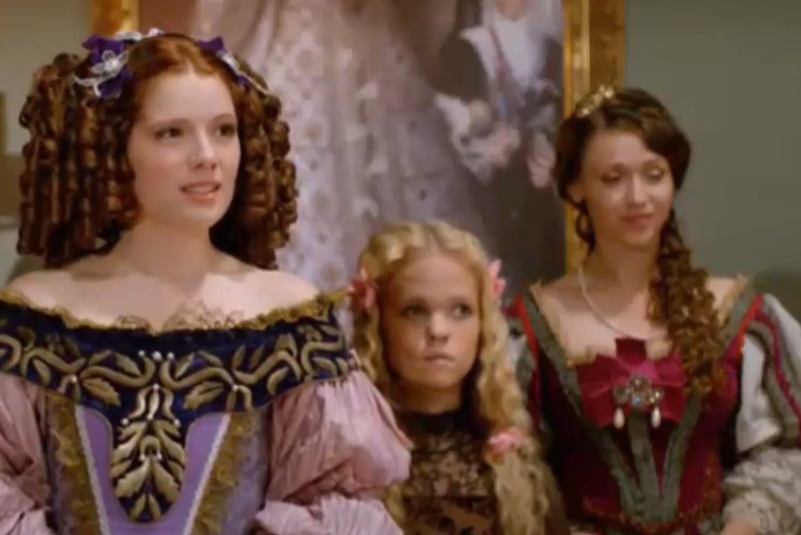 Beta Film, The Adventures of Captain Alatriste (2015)
Beta Film, The Adventures of Captain Alatriste (2015)
18. She Was Bound To Her Husband Before Ever Meeting Him
Archduke Leopold Wilhelm of Austria met her in Trieste. He was her fiancé’s brother, and therefore her cousin. The same day she arrived in the town, Archduke Leopold—soon to be her brother-in-law—filled in as Ferdinand III’s proxy. They completed the union. This wasn’t quite the ostentatious marriage one would expect from two nobles at the time, but it didn’t mean that there was any love lost between them.
Besides, the real celebration was on the horizon.
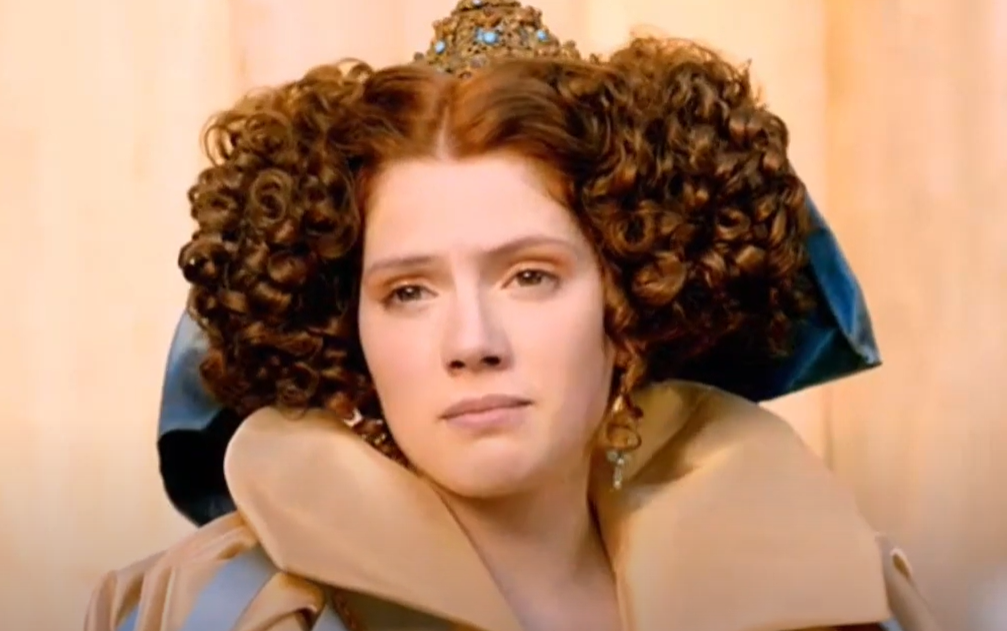 Beta Film, The Adventures of Captain Alatriste (2015)
Beta Film, The Adventures of Captain Alatriste (2015)
19. She Was So Beautiful That Her Husband Was Suspicious
After the proxy marriage, all that was left was finally reaching Vienna and meeting her new husband in person. She was more than ready to do so, but Ferdinand III had some reservations. Word of Maria Anna’s beauty had spread, and the portraits he’d seen representing her were stunning.
But would she be as beautiful in real life?
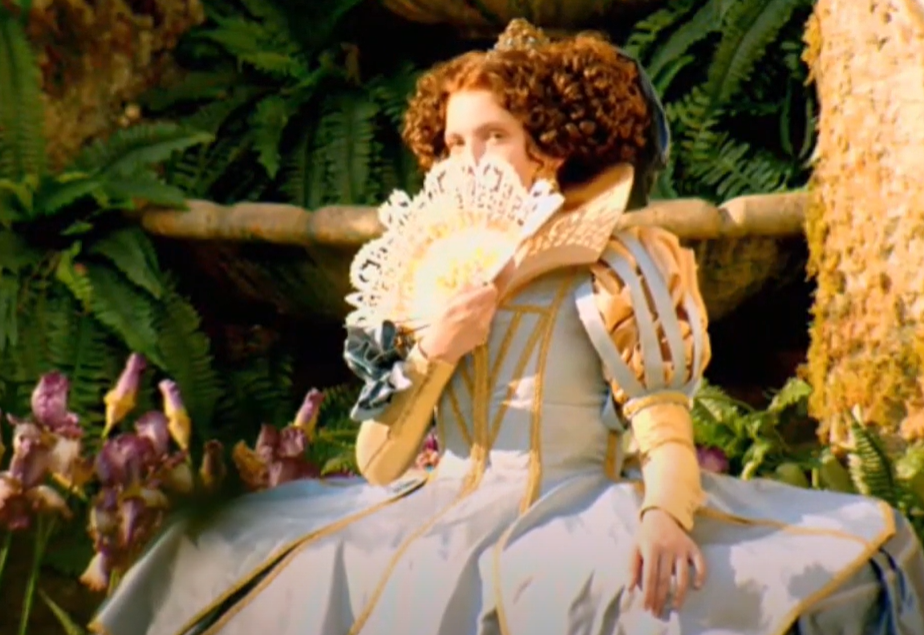 Beta Film, The Adventures of Captain Alatriste (2015)
Beta Film, The Adventures of Captain Alatriste (2015)
20. Her Husband Needed To Verify Her Beauty
Before the official, opulent wedding, Ferdinand III created a plan to secretly view his new wife. When the Royal Oberhofmeister—the Lord or Steward of the Household—arranged to meet Maria Anna, Ferdinand III accompanied them as an undercover noble.
He planned to keep his identity secret from his bride, but he changed his mind when he set eyes on her.
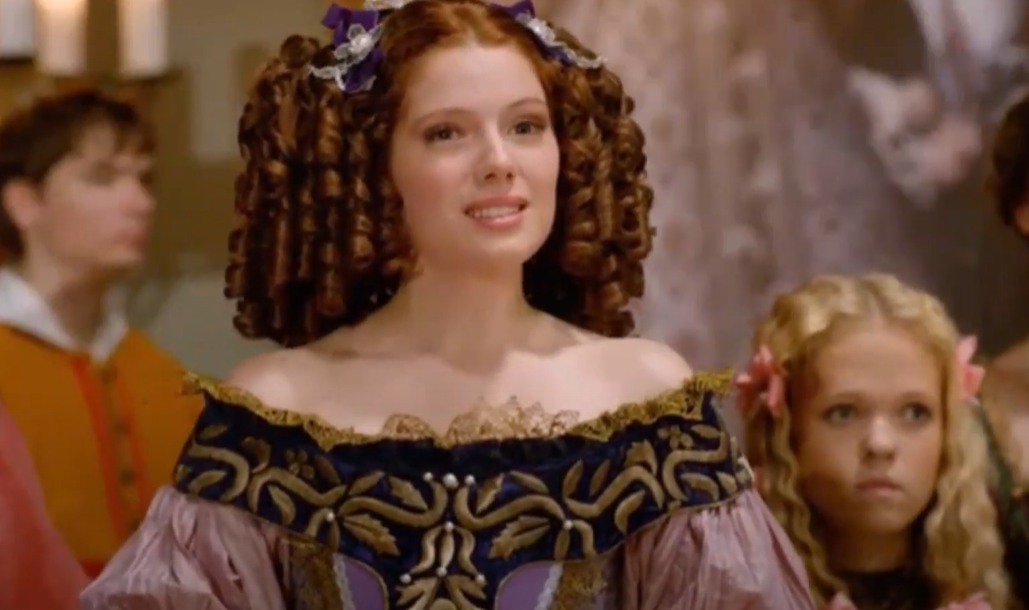 Beta Film, The Adventures of Captain Alatriste (2015)
Beta Film, The Adventures of Captain Alatriste (2015)
21. She Captured His Heart
When Ferdinand III saw Maria Anna, he was overcome. Her beauty stunned him. He couldn’t help but reveal himself to her. After he did, the pair engaged in a lively conversation in Spanish, as both spoke multiple languages. This was the start of a truly caring relationship.
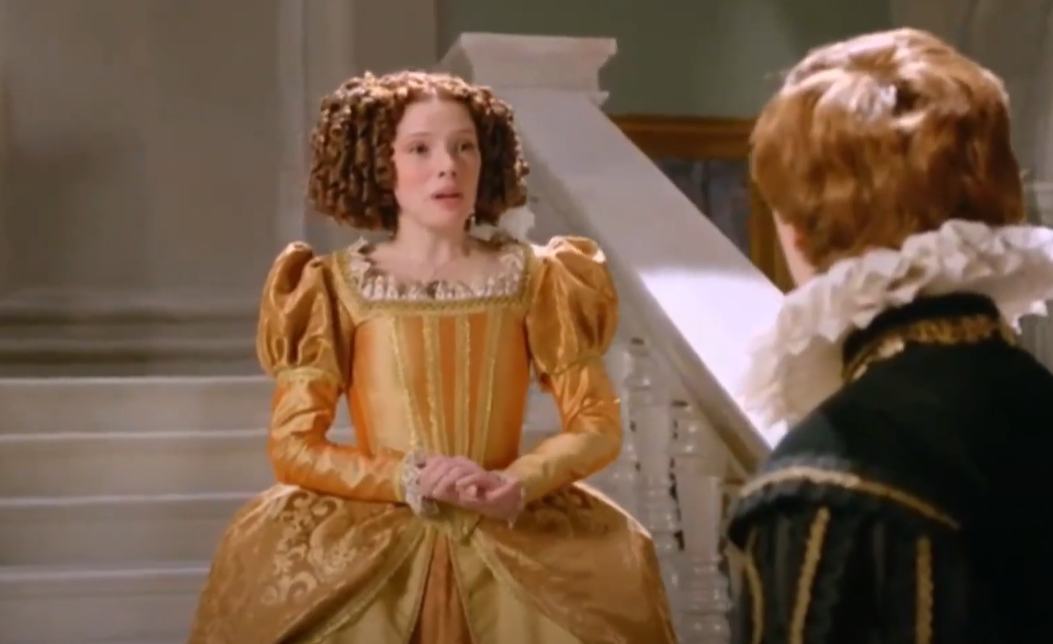 Beta Film, The Adventures of Captain Alatriste (2015)
Beta Film, The Adventures of Captain Alatriste (2015)
22. She Inspired Her Husband To Be A Better Man
Throughout their marriage, Maria Anna never wondered whether her husband was loyal or not. He was faithful to her throughout their marriage and through six children, all of whom were legitimate. Her lovely temperament eased Ferdinand’s dark moods. Their marriage was a strong one, both privately, publicly, and politically.
But as we'll see, that didn't mean it was entirely smooth sailing.
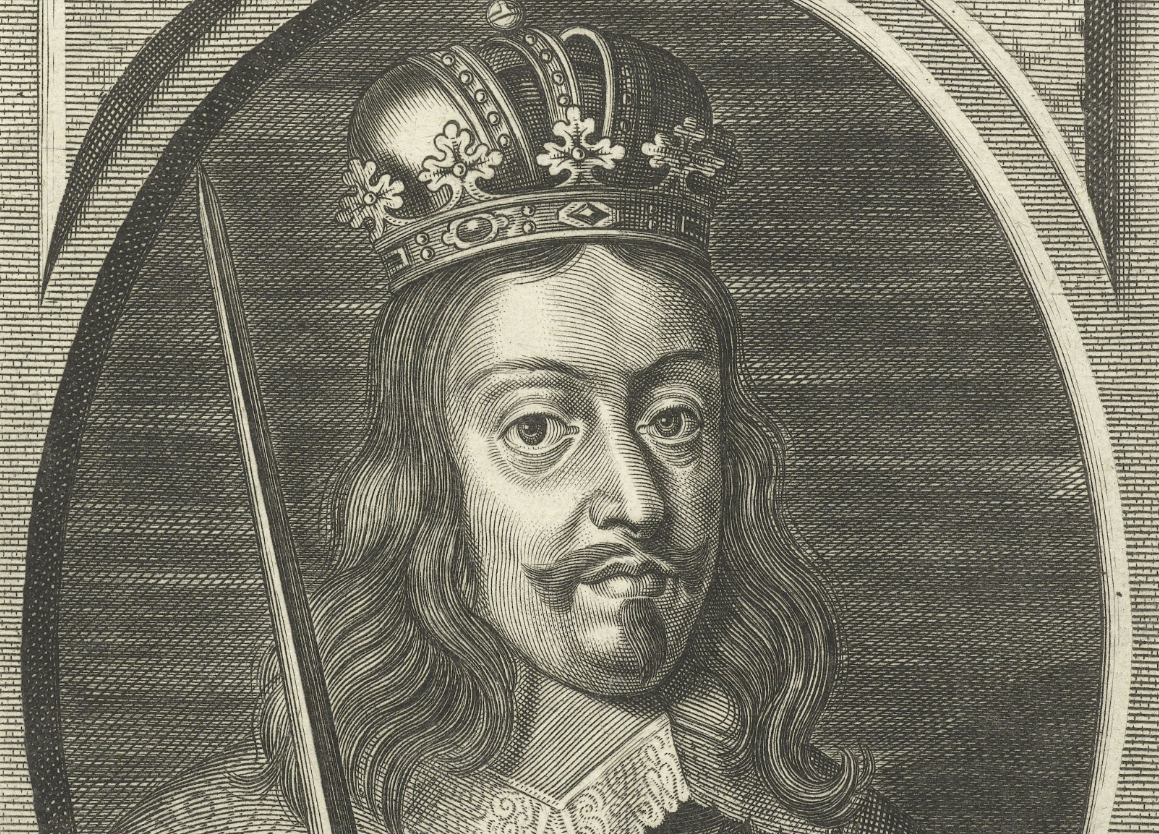 Rijksmuseum, Wikimedia Commons
Rijksmuseum, Wikimedia Commons
23. She Had A Month-Long Party
On February 20, 1931, an official marriage united Maria Anna and King Ferdinand III of Hungary-Bohemia. The party was a month-long affair, which felt like a much longer period of time after the year of lead-up to the event. After two failed engagements, months of travel, and years of negotiation, Maria Anna was finally a married woman. The cherry on top?
She had bound herself to one of the most powerful men in Europe.
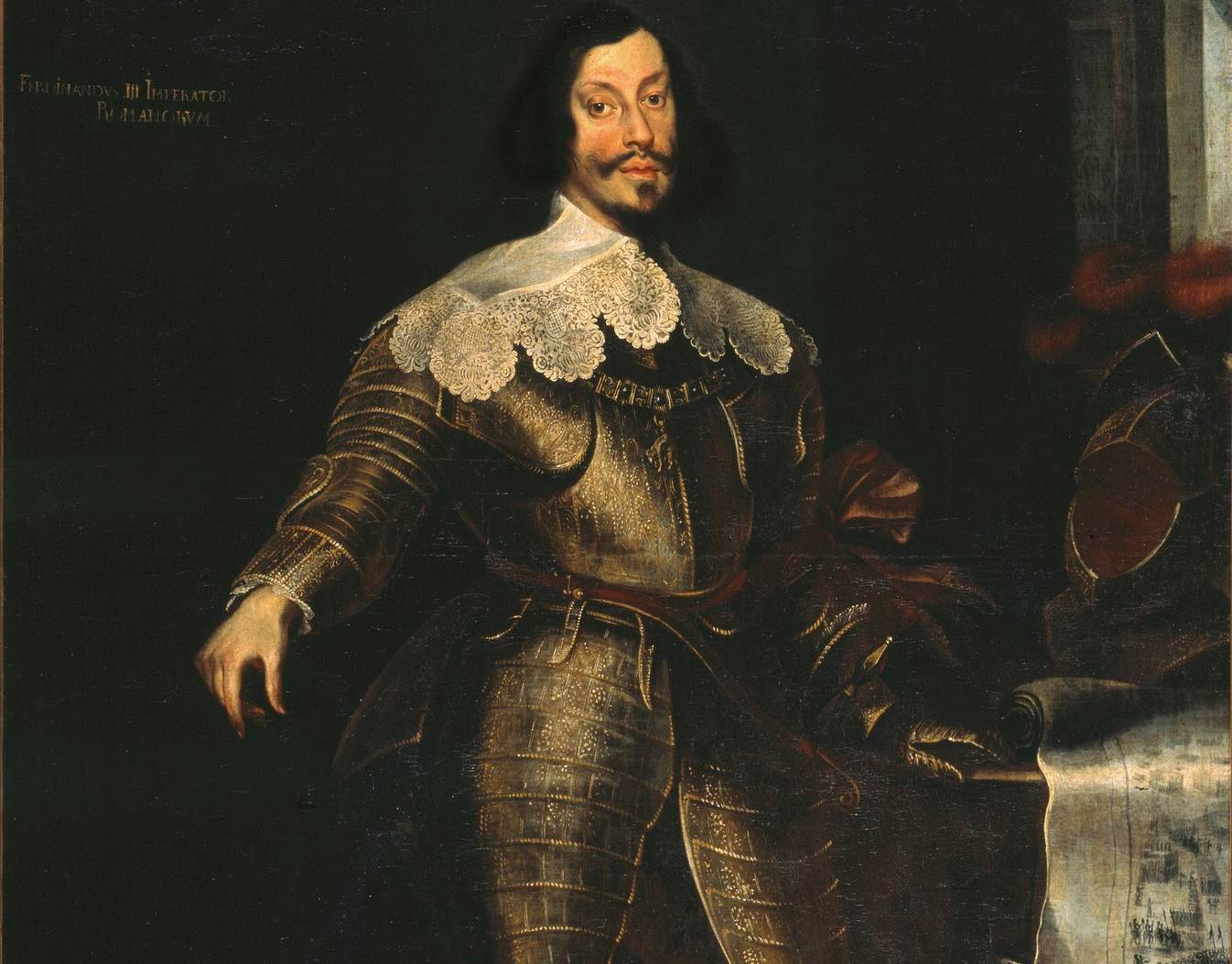 Frans Luycx, Wikimedia Commons
Frans Luycx, Wikimedia Commons
24. She Made Her Mark At Court
Maria Anna definitely made her mark at the Imperial Court. She breezed in, leaving a trail of Spanish culture in her wake. This included Spanish music, fashion, theater, and dance. She did her best to create amicable relations with everyone at court, especially her husband’s family. However, not all of Ferdinand III's family members were receptive to his Spanish wife.
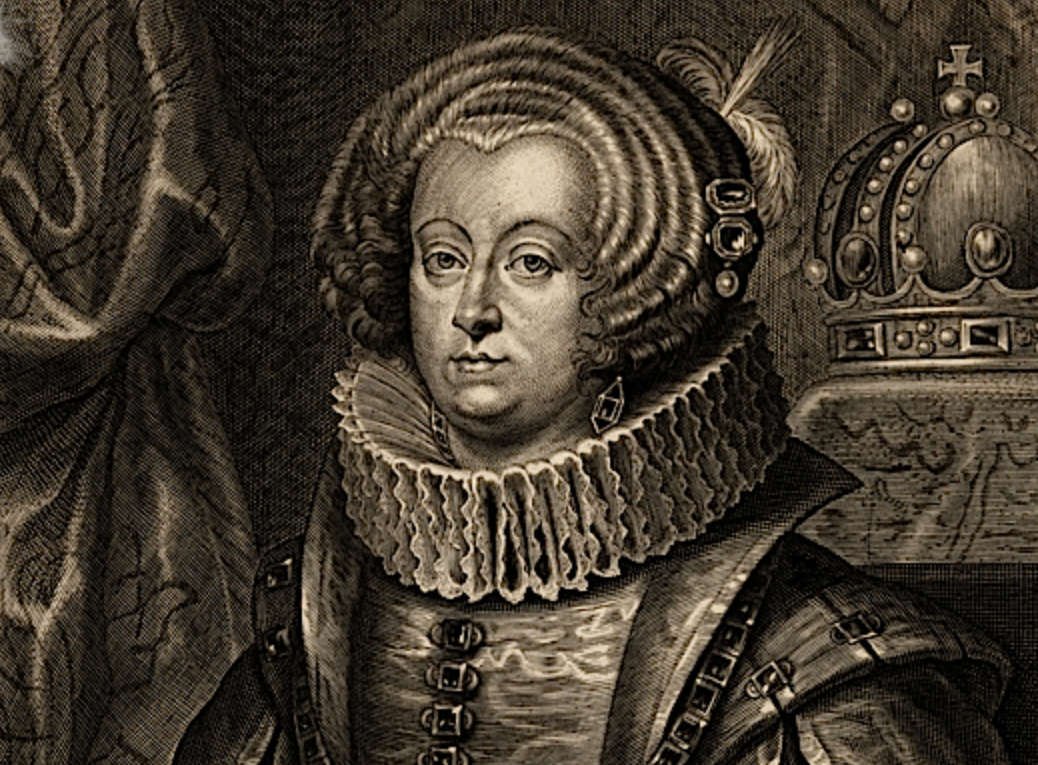 Cornelis Galle the Younger, Wikimedia Commons
Cornelis Galle the Younger, Wikimedia Commons
25. Her Mother-In-Law Didn't Like Her
Empress Eleonora Gonzaga was especially displeased by Maria Anna. They had a contentious relationship rooted in their power struggle at the Imperial Court—this, despite Maria Anna's obvious efforts to make a good impression. She diligently invested in the arts of her new home, and she even collected late Renaissance and early Baroque artwork painted by Italian, Spanish, and Flemish artists.
Of course, she fulfilled her duties in more ways than one.
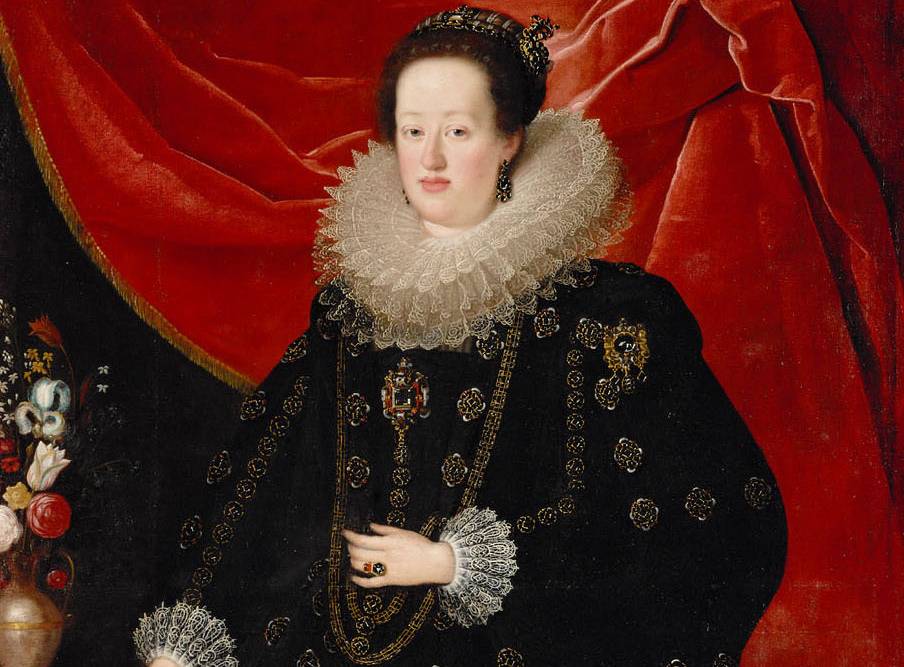 Justus Sustermans, Wikimedia Commons
Justus Sustermans, Wikimedia Commons
26. She Was Blessed With A Beautiful Legacy
Two years after their marriage, the couple welcomed a wonderful gift: a child. Ferdinand IV was born on September 8, 1633. Maria Anna had given her husband an heir, which was one of the greatest things a wife could give her husband at the time. Luck would soon bless their procreative endeavors once more.
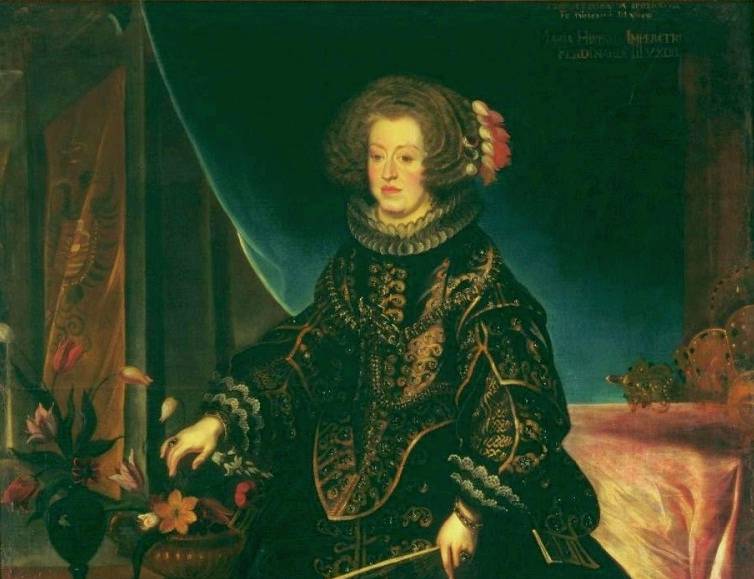 Frans Luycx, Wikimedia Commons
Frans Luycx, Wikimedia Commons
27. She Was Very Fertile
The following year on December 24, 1634, Maria Anna gave birth to a second child, this time a girl. She was named after her mother but went by Mariana, and she would go on to become just as prolific as her parents during her lifetime.
Maria Anna and Ferdinand III didn’t stop there when it came to children.
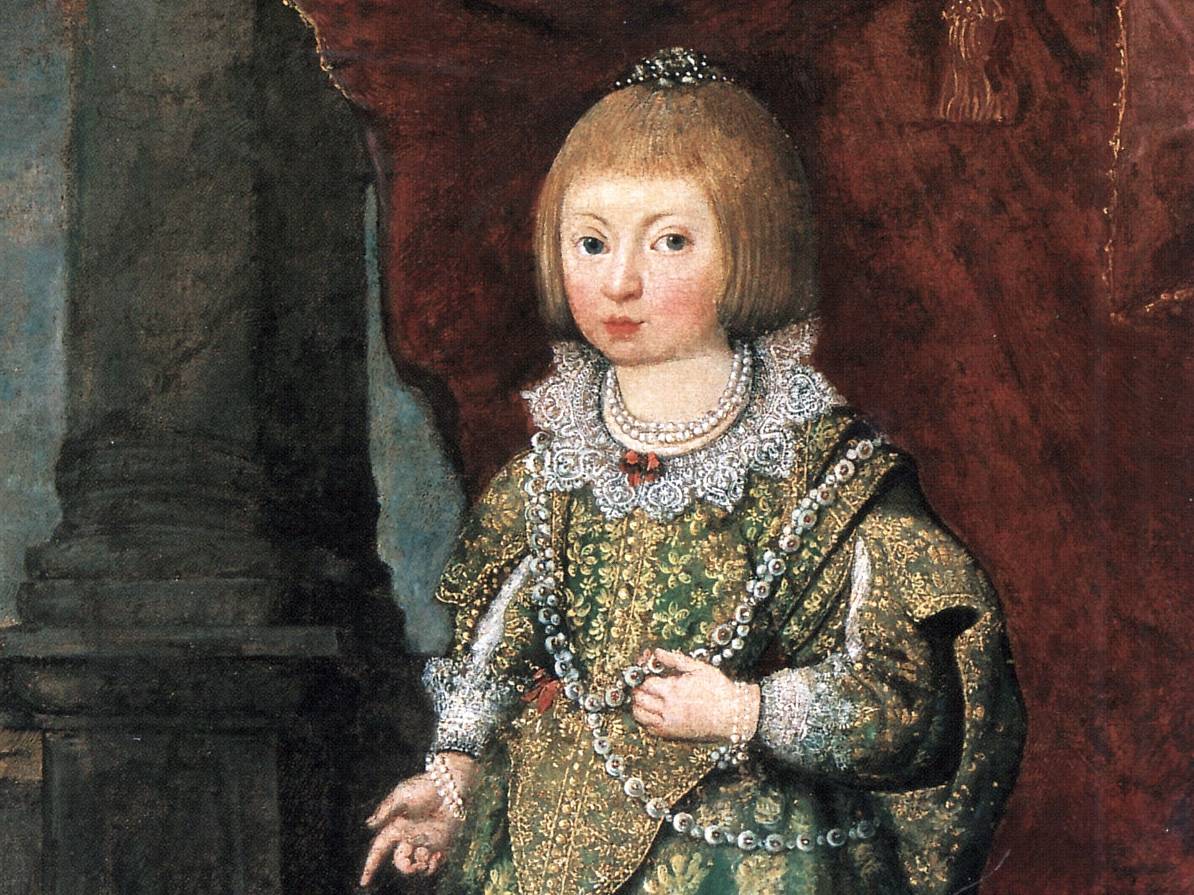 Unknown Author, Wikimedia Commons
Unknown Author, Wikimedia Commons
28. She Was Able To Watch Her Husband Achieve His Destiny
Maria Anna lived with Ferdinand III for several years before his father perished and passed down the role and title of Emperor. But she witnessed Ferdinand III’s first coronation for a title that indicated he would become the Holy Roman Emperor. The Archbishop of Mainz selected him to be the King of the Romans in December 1636, and a week later, the Archbishop crowned him.
This led to Maria Anna receiving her own title to go with her husband’s.
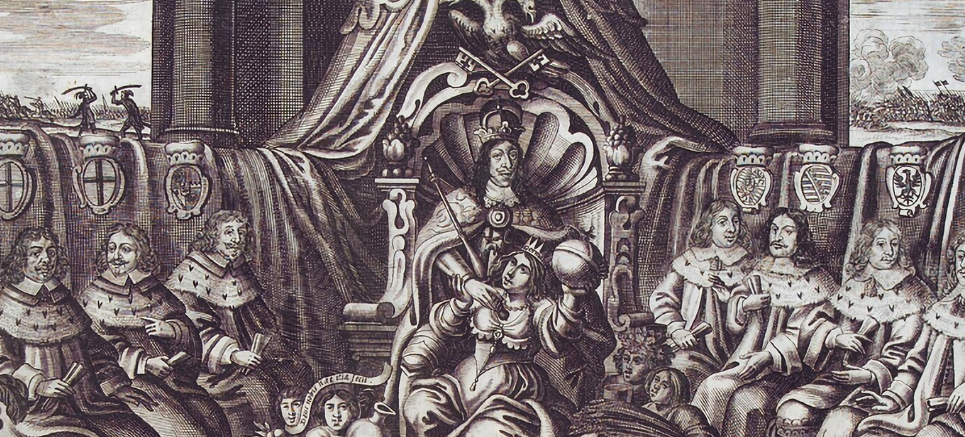 Kupferstich von Abraham Aubry, Wikimedia Commons
Kupferstich von Abraham Aubry, Wikimedia Commons
29. She Was Crowned In Kind
On January 21, 1637, Maria Anna was crowned Queen of Germany. For a young woman at the time, she was making quite a name for herself. She and her husband were in line to become Imperial leaders, and she could still claim control of Spain should the occasion arise.
Things were on the up and up for Maria Anna, but it wasn't long before a tragedy shook the Holy Roman Empire.
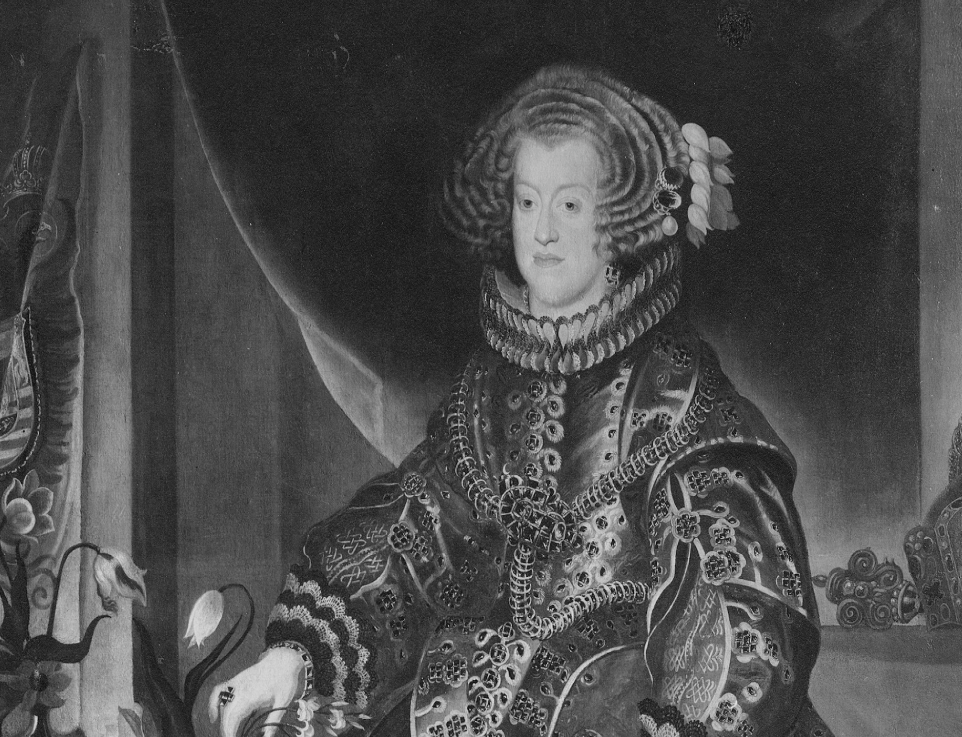 Frans Luycx, Wikimedia Commons
Frans Luycx, Wikimedia Commons
30. She Was Thrown Into The Middle Of A Conflict
February 15, 1637 brought about a nation-shattering incident. Ferdinand III’s father, Ferdinand II, Holy Roman Emperor passed. The empire was in the later years of the Thirty Years’ War, and Maria Anna and Ferdinand III inherited an empire in the throes of conflict and financial instability.
Though it wasn’t easy, they would make the best of their situation.
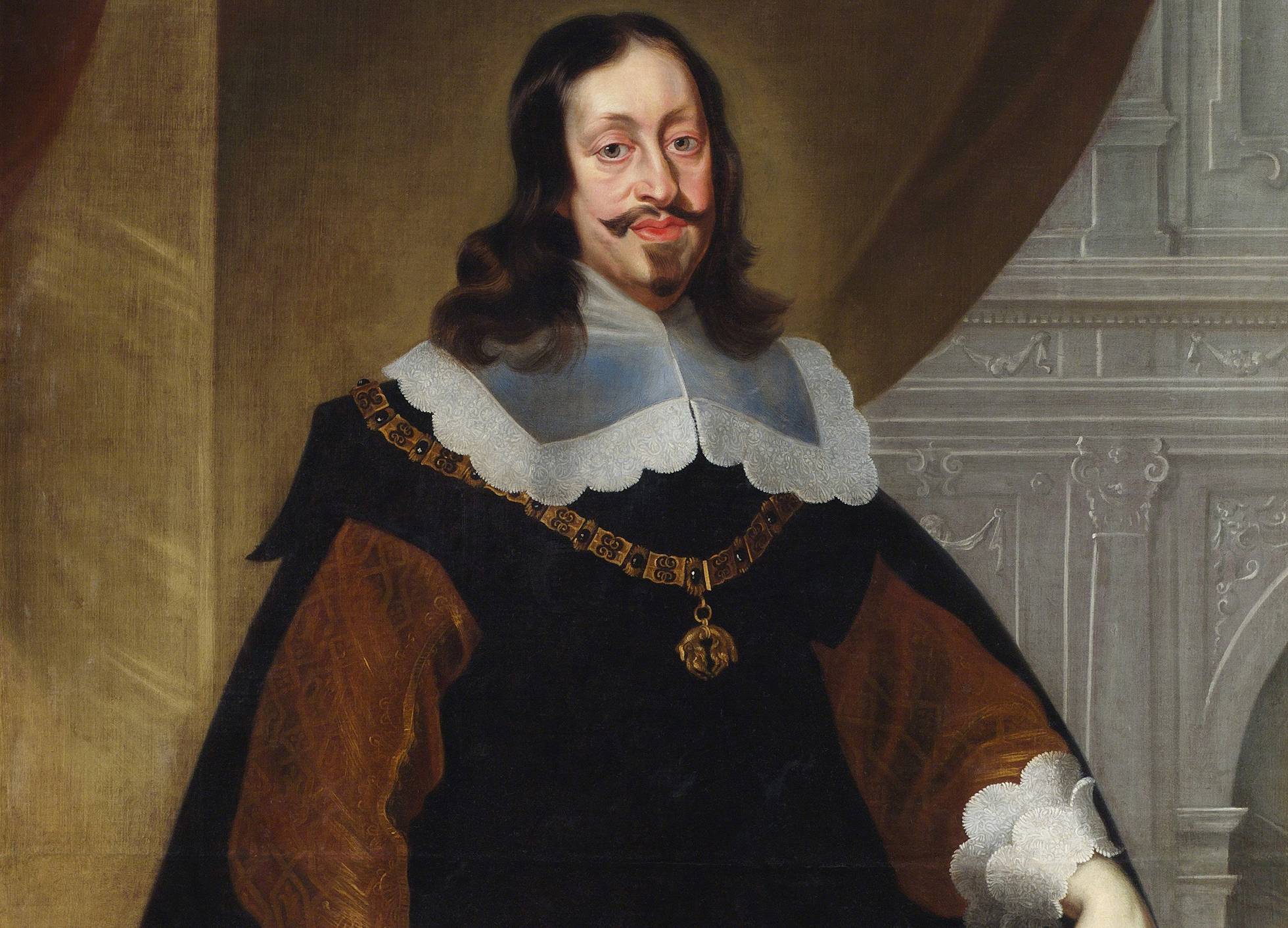 Frans Luycx, Wikimedia Commons
Frans Luycx, Wikimedia Commons
31. She Was Able To Use Her Accumulated Knowledge
As Ferdinand III’s wife, Maria Anna inherited her fair share of power. She became the Holy Roman Empress and sovereign queen, and later, the forces that be crowned her the Queen of Hungary. She was always interested in politics, as indicated by her involvement in her earlier engagements.
Now she could support her husband on an international level.
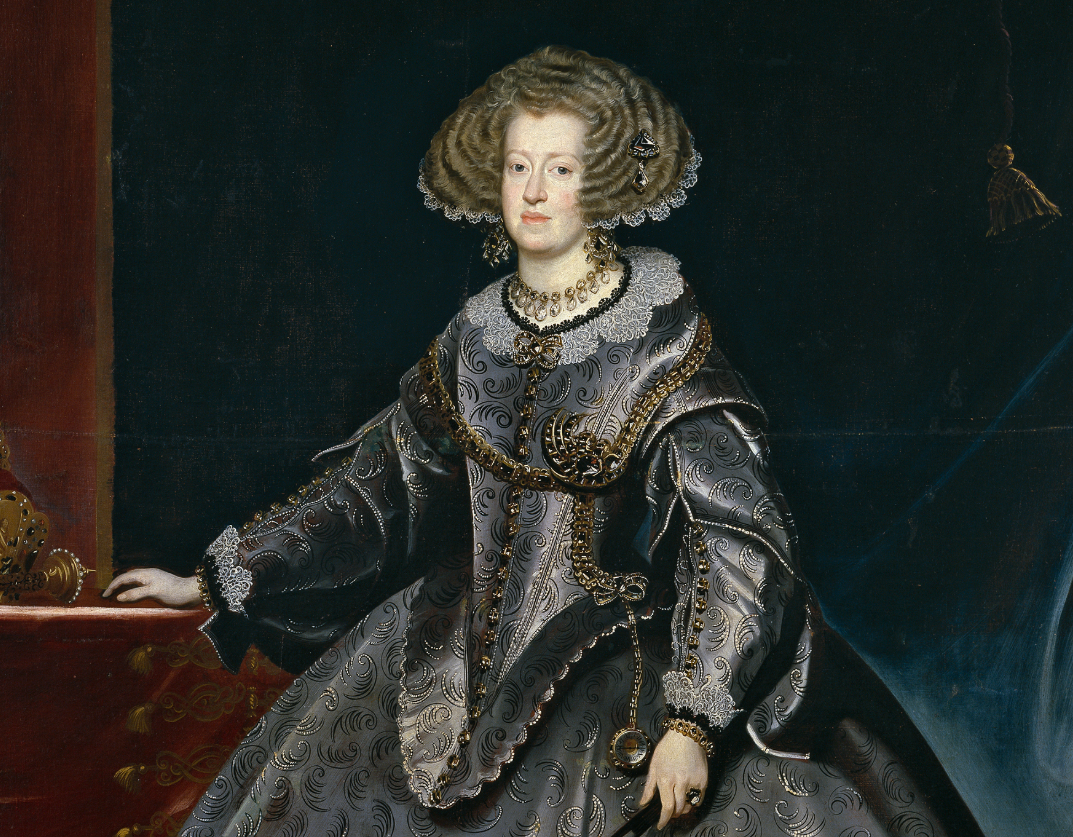 Frans Luycx, Wikimedia Commons
Frans Luycx, Wikimedia Commons
32. She Was Able To Bring More Children Into The World
On July 15, 1637, Maria Anna brought another son into the world, Philip August, Archduke of Austria. But she didn’t stop there. The following year, she birthed Maximilian Thomas, Archduke of Austria on December 21, 1638. After enduring the loss of the Holy Roman Emperor earlier that year, two new imperial children were excellent events to celebrate alongside the coronations of Maria Anna and her husband.
Unfortunately, more misery waited in the wings for Maria Anna.
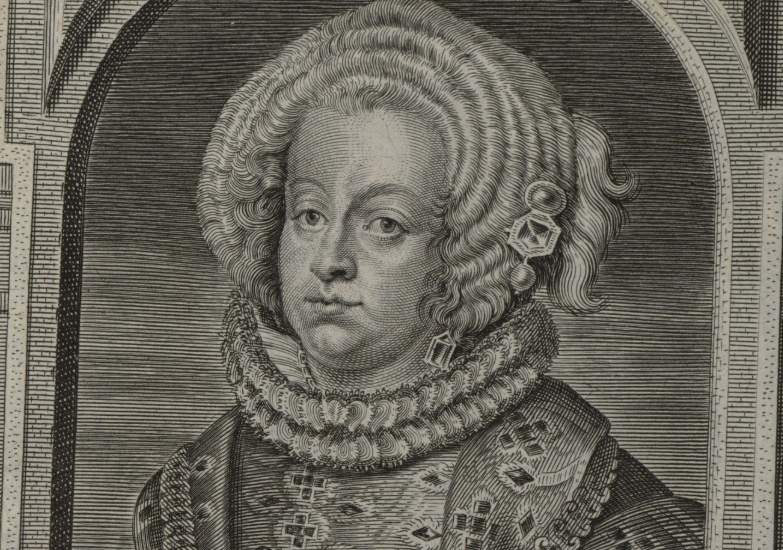 Pieter de Jode II, Wikimedia Commons
Pieter de Jode II, Wikimedia Commons
33. She Was Beset By Tragedy
Not even a year after Maximilian was born, something strange and terrible happened to Maria Anna. June should have been an insignificant month. But on the 22nd, Philip departed from this world a mere month before his second birthday.
This was a sad enough event on its own, except it was accompanied by a second heart-shattering blow.
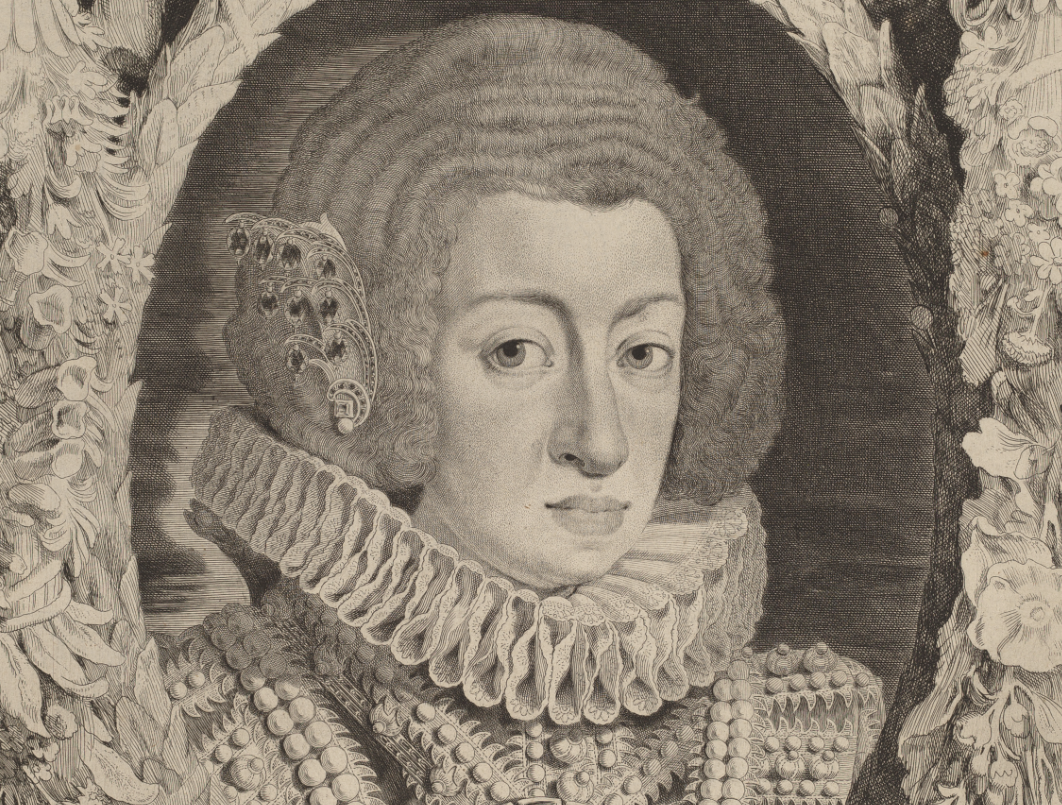 National Gallery of Art, Wikimedia Commons
National Gallery of Art, Wikimedia Commons
34. She Endured A Second Bout Of Misery
Seven days later, Maria Anna lost another son. Maximilian wasn’t even a year old when he perished. Infant mortality was one of the potential risks of consanguinity—and may have played a role in this double tragedy. Maria Anna endured two losses in less than a fortnight. Her sadness could have destabilized her role as Holy Roman Empress and wife to Ferdinand III.
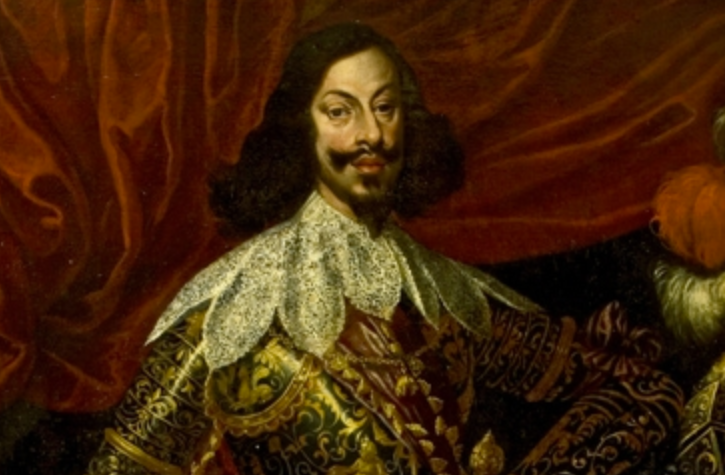 Frans Luycx, Wikimedia Commons
Frans Luycx, Wikimedia Commons
35. She Stayed Strong
It was two years filled with intense highs and intense lows, but Maria Anna persevered through it all. She had to help her husband rule an empire, and she didn’t let her feelings get the better of her. Her lost children also didn’t stop her and Ferdinand III from trying to have another child.
She still had other roles than being a mother, and it was important to her that she fill them.
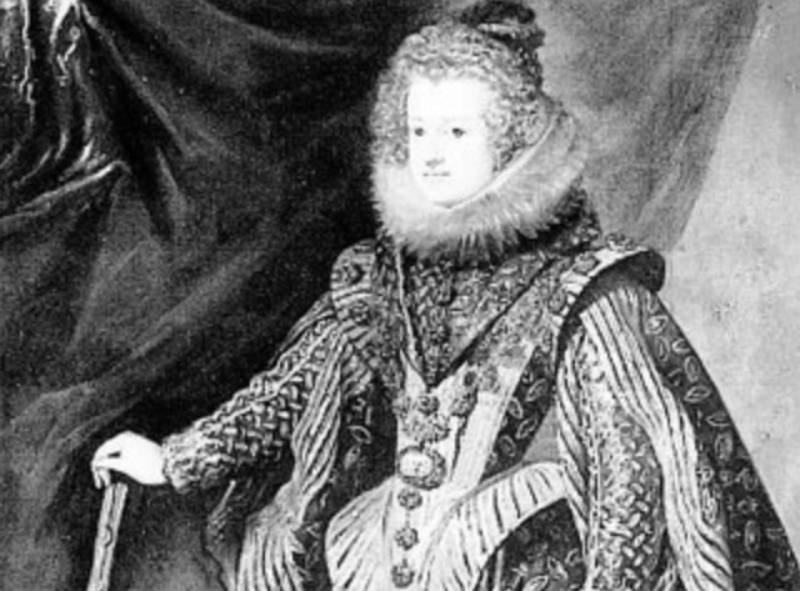 Studio of Diego Rodríguez de Silva y Velázquez, Wikimedia Commons
Studio of Diego Rodríguez de Silva y Velázquez, Wikimedia Commons
36. She Filled The Role Of Empress
Maria Anna carved out an important niche for herself. She was the main arbiter between her husband and their Spanish family members. Many different loyalties pulled at her, but she skillfully balanced her husband’s interests with those of her brothers, King Philip IV and the Cardinal Infante.
In fact, she brought a lot of Spanish influence into the Imperial court.
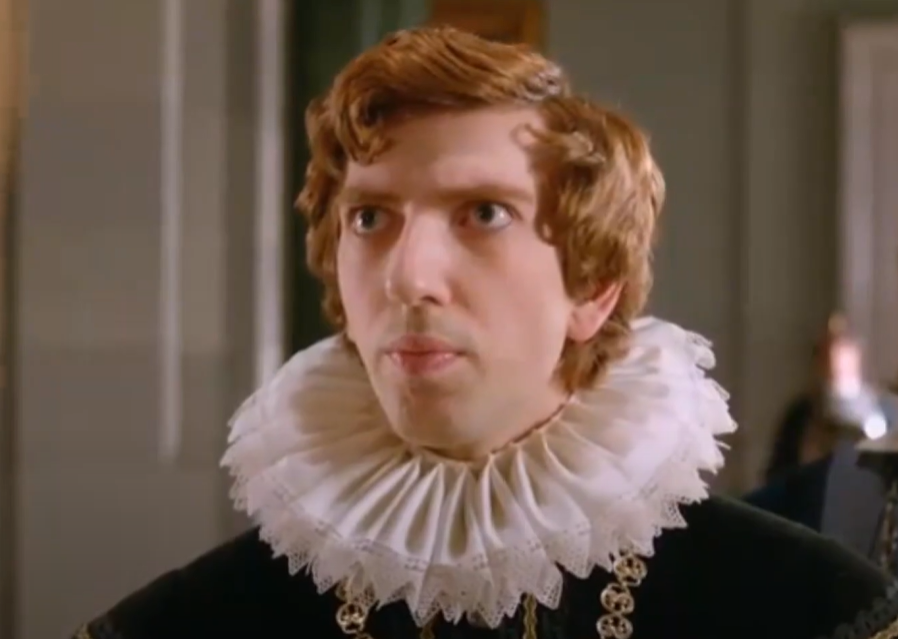 Beta Film, The Adventures of Captain Alatriste (2015)
Beta Film, The Adventures of Captain Alatriste (2015)
37. She Was Loyal To Where She Came From
Spaniards filled her court, and she often hosted Spanish ambassadors and diplomats. Her presence in the Imperial court did wonders to strengthen those ties, as Spain had spent many years supporting the Empire when Ferdinand II was in power.
But Spain’s support still couldn’t save Maria Anna in the long run.
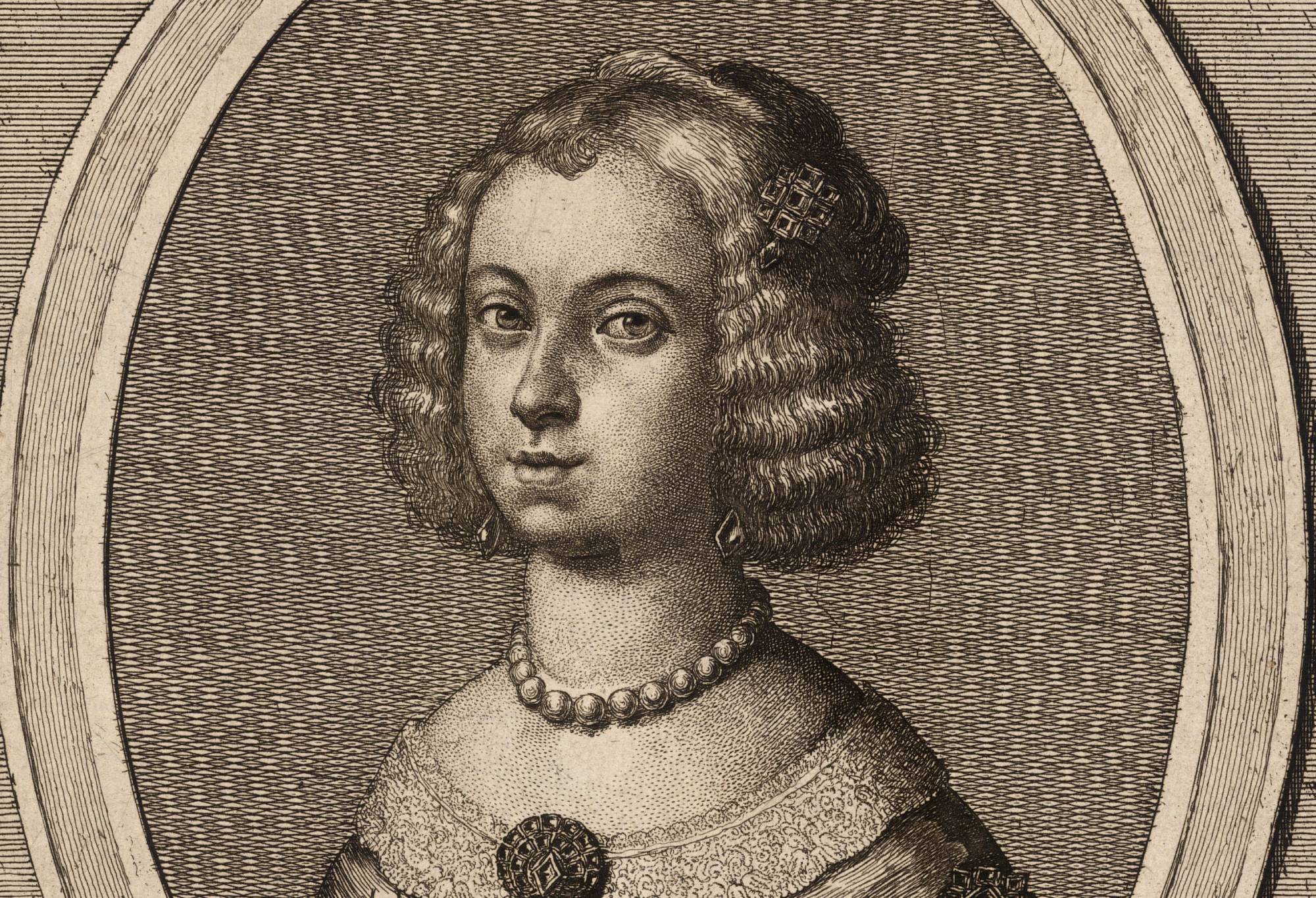 Wenceslaus Hollar, Wikimedia Commons
Wenceslaus Hollar, Wikimedia Commons
38. She Was A Capable And Reliable Companion
Maria Anna and her brother, Spanish Cardinal Infante Ferdinand, often acted as counsel to her husband. Their impact on Holy Roman Emperor Ferdinand III was very influential to his political movements. They greatly strengthened the bonds between the Madrid, Brussels, and Vienna Habsburg courts.
Even through these bonds, the raging conflict they had been fending off for decades would still spell disaster.
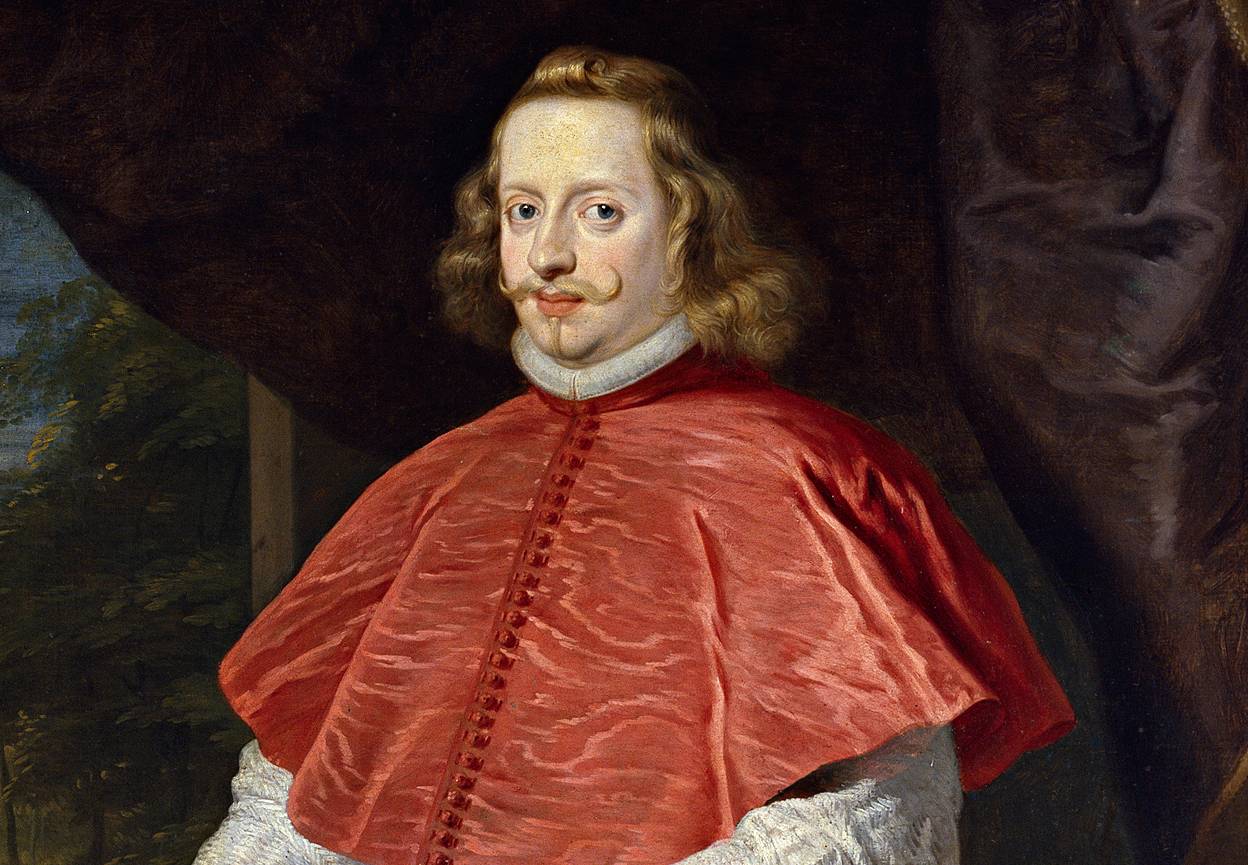 Gaspar de Crayer, Wikimedia Commons
Gaspar de Crayer, Wikimedia Commons
39. She Was Allowed To Lead The Empire
Ferdinand III trusted Maria Anna and her judgment so much that at one point he named her regent during his absences. During the numerous times when he had to travel to the Kingdom of Bavaria during the Thirty Years’ War, she took control of the Venetian Imperial Court.
This lengthy conflict was coming to a head, though, and soon Maria Anna would face true danger for the first time.
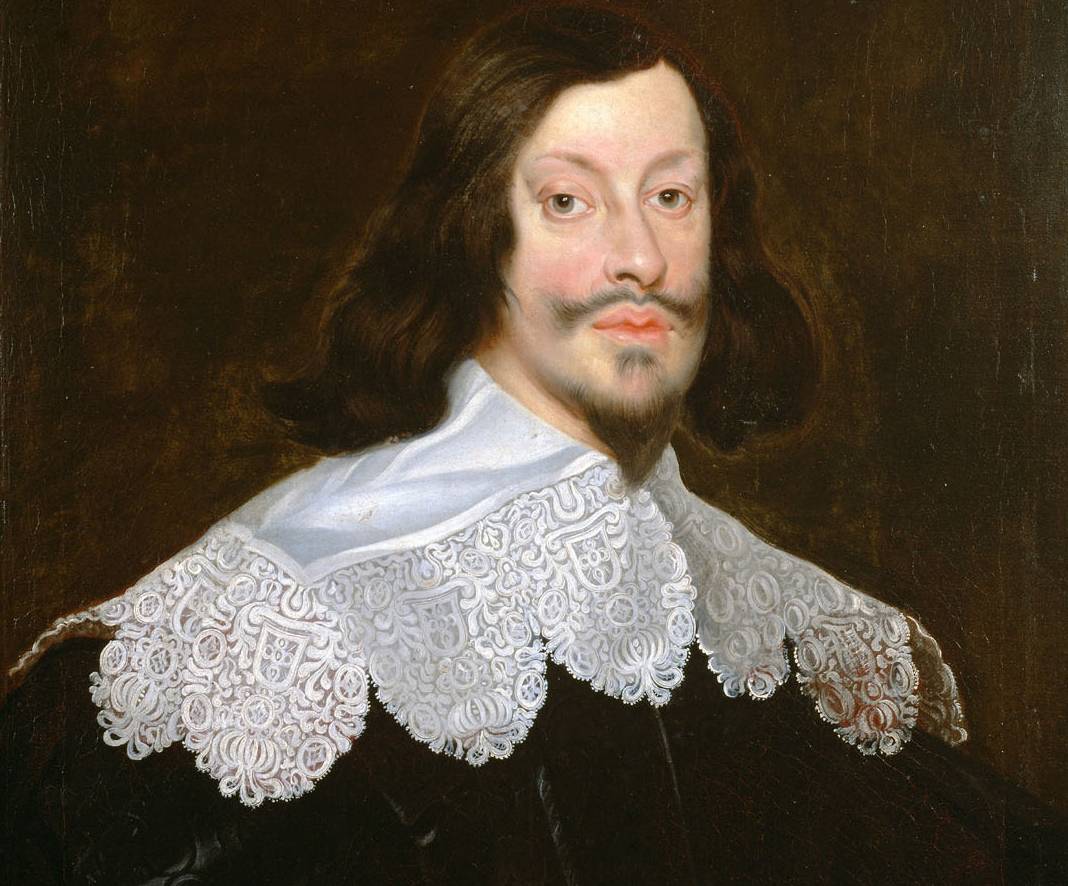 Frans Luycx, Wikimedia Commons
Frans Luycx, Wikimedia Commons
40. She Was Forced To Flee
Maria Anna was in Linz, Austria, with her children as they evaded encroaching Protestant Swedish forces. They fled back to Vienna, where they hoped to be safe, then briefly escaped to Graz in Austria. When they thought they were safe, they traveled back to Vienna only to find more turmoil.
41. She Had To Make One Final Run For It
As it turned out, something even more terrifying was taking over their home. The plague was ravaging the city, and they couldn’t risk contracting the illness. Returning to Linz was their only option. The end of their constant voyages could have all gone smoothly—if it weren’t for one unexpected curveball.
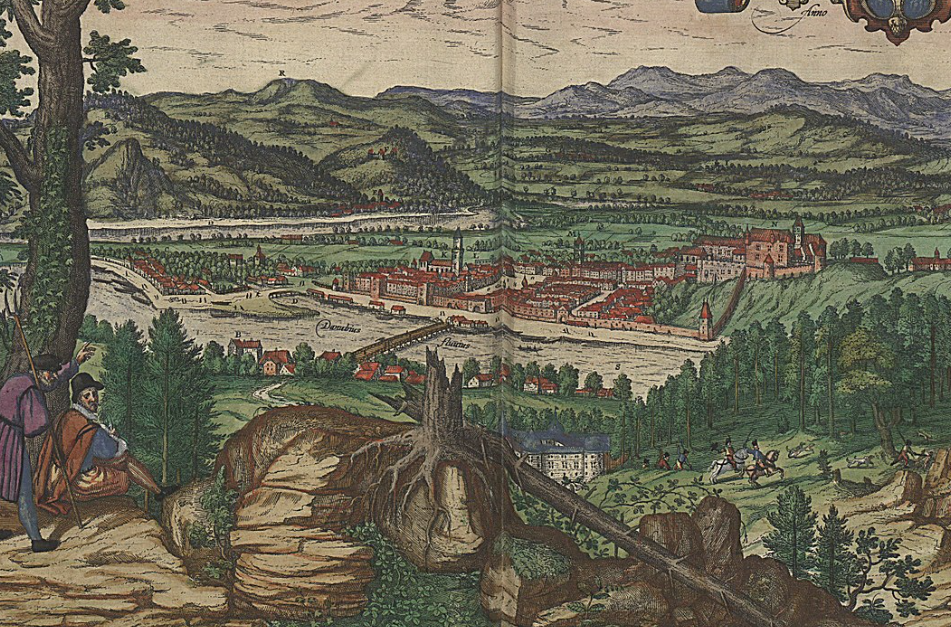 Effigiauit Lucas a Valckenburch, Communicauit Georgi. Houfnaglius, Wikimedia Commons
Effigiauit Lucas a Valckenburch, Communicauit Georgi. Houfnaglius, Wikimedia Commons
42. Her Pregnancy Went Terribly Wrong
In January 1646, Maria Anna discovered she was pregnant with her sixth child. It was mere months later on May 12 that complications arose with her pregnancy. After five children, her sixth could have been a simple, straightforward experience. But whether due to the stress of impending invasion or the travel, Maria Anna fell horrifyingly ill.
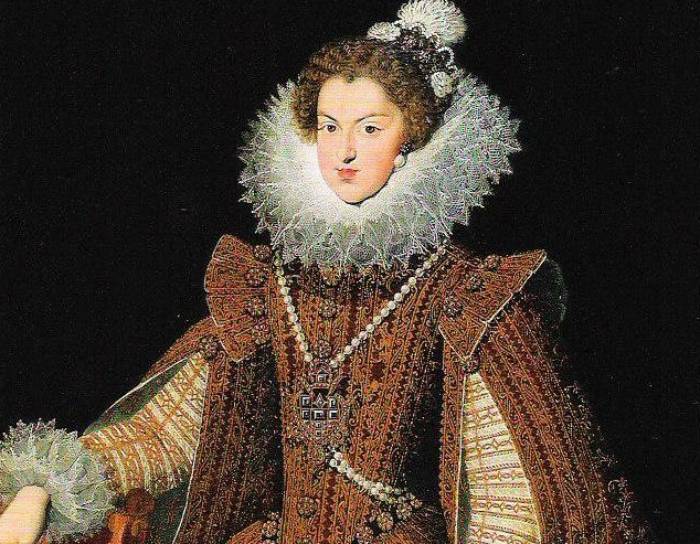 Attributed to Juan van der Hamen, Wikimedia Commons
Attributed to Juan van der Hamen, Wikimedia Commons
43. She Was Pregnant Until Her Last Breath
A fever struck her and she bled profusely, which made everyone think there was something wrong with her baby. But when the baby didn’t come, Maria Anna began losing to the sudden, painful experience. On the morning of May 13, Maria Anna succumbed to her illness, which some sources claim was preeclampsia.
However, her unborn child was still alive when she expired.
 After Diego Velázquez, Wikimedia Commons
After Diego Velázquez, Wikimedia Commons
44. She Was Able To Have One More Child
With great haste, the child was removed from her mother’s womb via a Cesarian section. Thankfully, she was still alive, and they named her Maria after her mother. She was very briefly the Archduchess of Austria, until she too met her demise several hours later. Maria Anna and baby Maria were buried together in the Imperial Crypt, alongside her sons Philip and Maximilian.
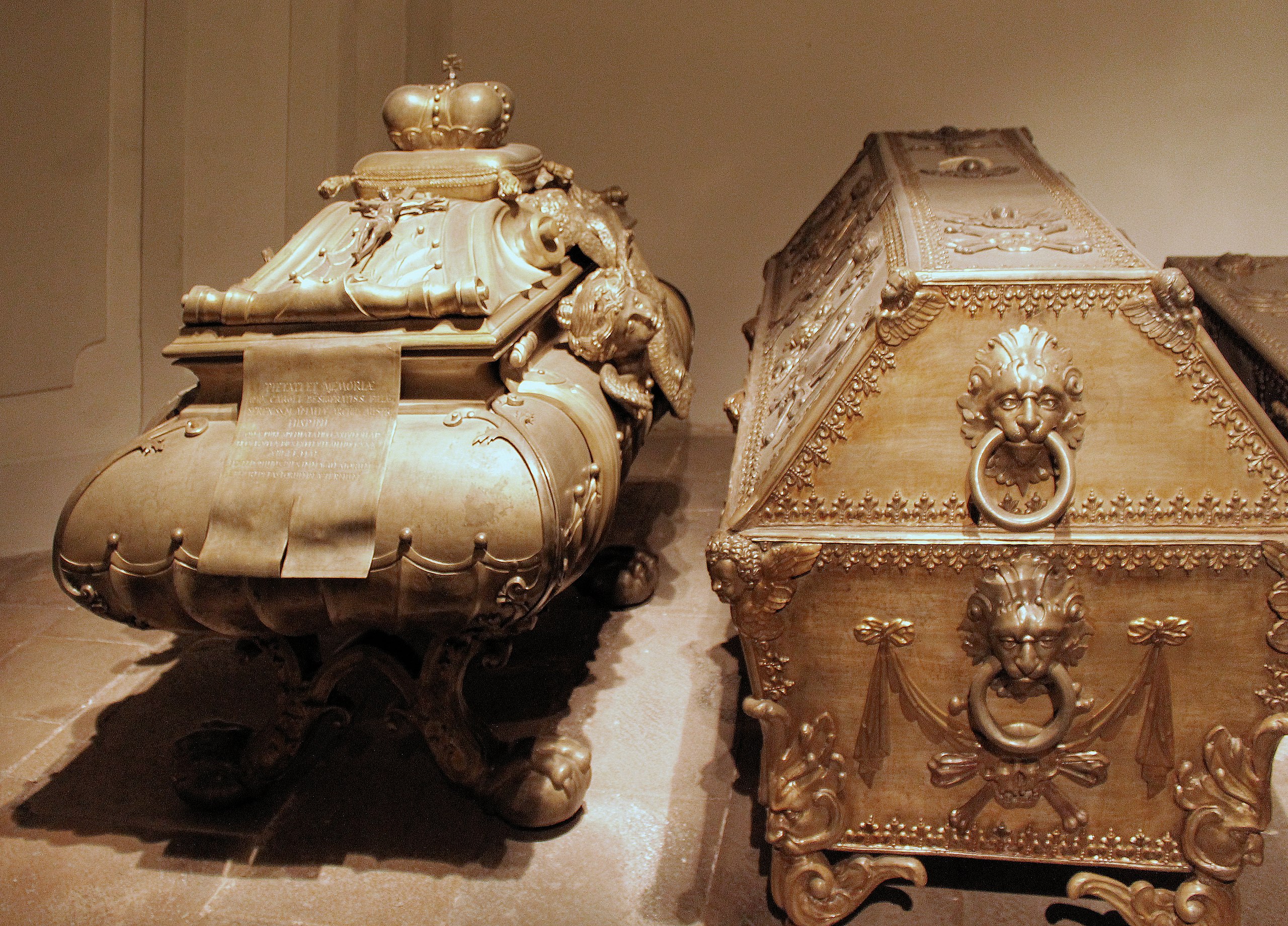 Dguendel, CC BY 4.0, Wikimedia Commons
Dguendel, CC BY 4.0, Wikimedia Commons
45. Her Husband Didn't Attend Her Funeral
Maria Anna’s loss devastated her children and husband. Ferdinand III was so impacted by her demise that he couldn’t bring himself to attend the funeral. It wasn’t until he returned to Vienna in August, three months later, that he was able to properly pay his respects.
Ferdinand’s love for Maria Anna changed his life, but his grief didn’t stop him from finding a second wife.
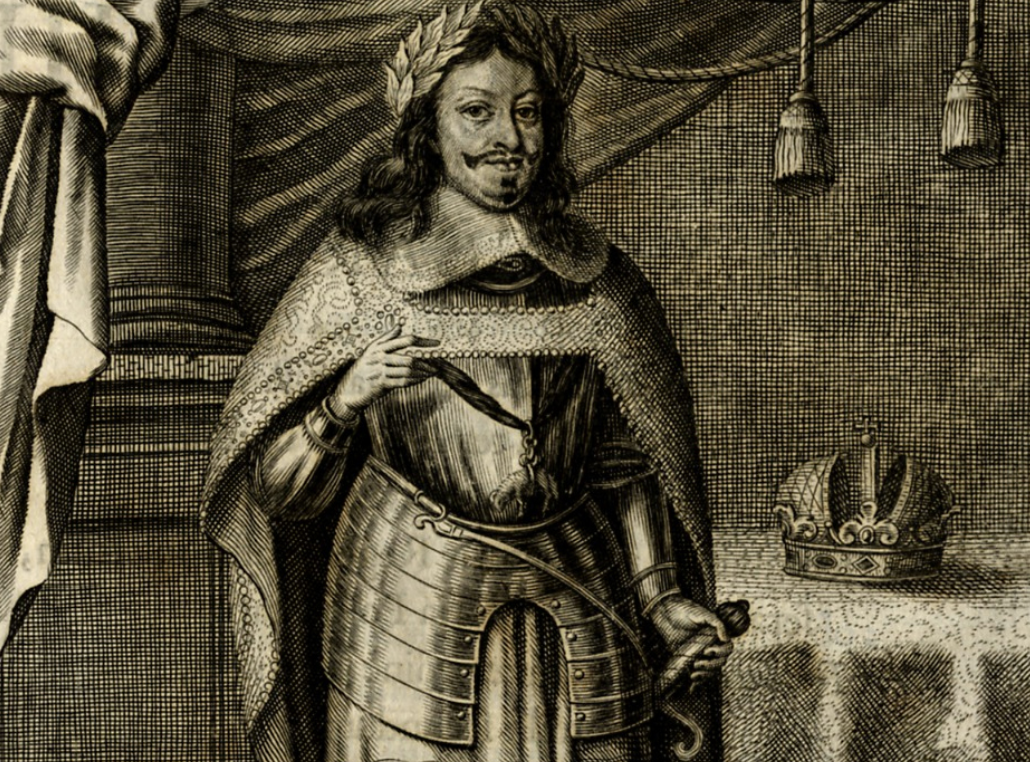 Ferenc Nádasdy, Wikimedia Commons
Ferenc Nádasdy, Wikimedia Commons
46. She Was Quickly Replaced—With A Young Girl
Despite Maria Anna’s passing not even two years prior, 39-year-old Ferdinand III married his 16-year-old first cousin, Maria Leopoldine of Austria. They had a single son, whose birth took her from her new husband in 1649. Ferdinand III’s sadness saw an end when he met his third wife two years after that.
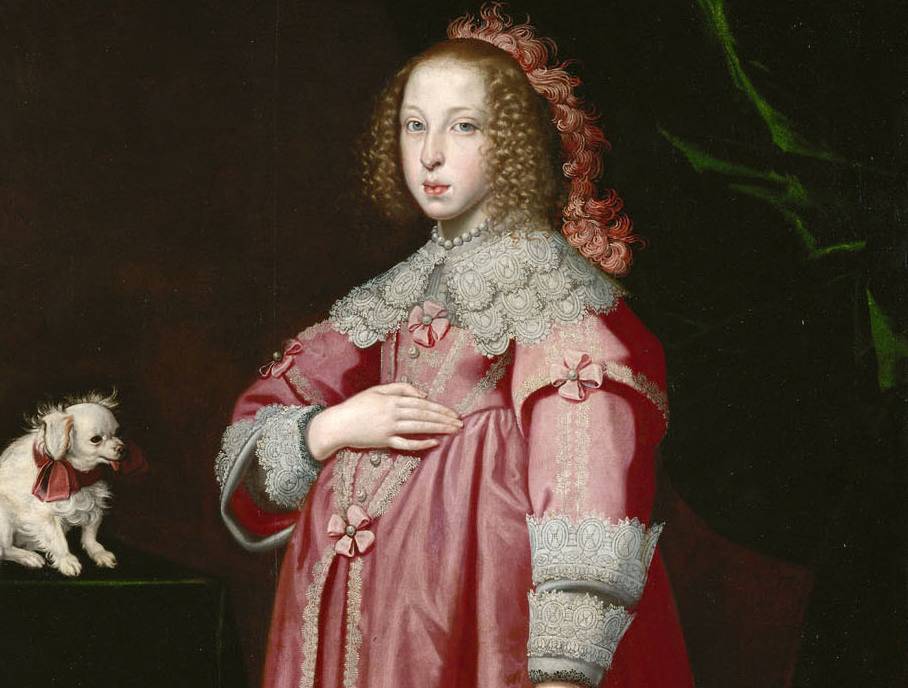 Lorenzo Lippi, Wikimedia Commons
Lorenzo Lippi, Wikimedia Commons
47. Her Husband Remarried Again
In 1651, Ferdinand III married 21-year-old Eleonora Gonzaga, daughter of the Duke of Rethel. This time, they were second cousins twice removed. They had four children together, one of which was an infant mortality.
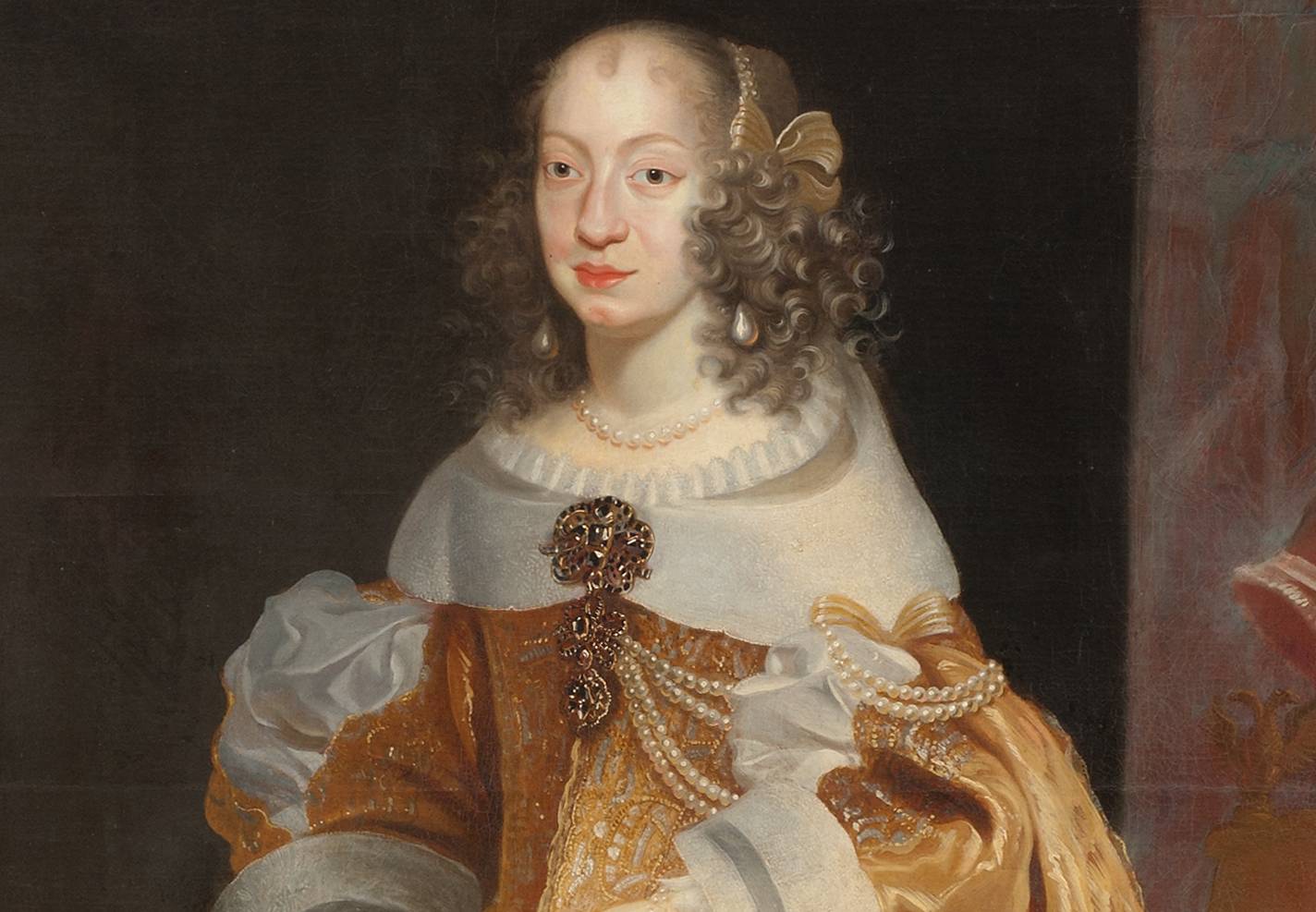 Frans Luycx, Wikimedia Commons
Frans Luycx, Wikimedia Commons
48. She Was Gone—But Never Forgotten
Maria Anna’s life wasn’t as short-lived as her fellow Habsburg cousins. She was smart, kind, and beautiful—all of which earned her a high level of respect from her court and her husband. Her early passing was a major blow to Ferdinand III. Her surviving three children grew up to become major players in the Holy Roman Empire.
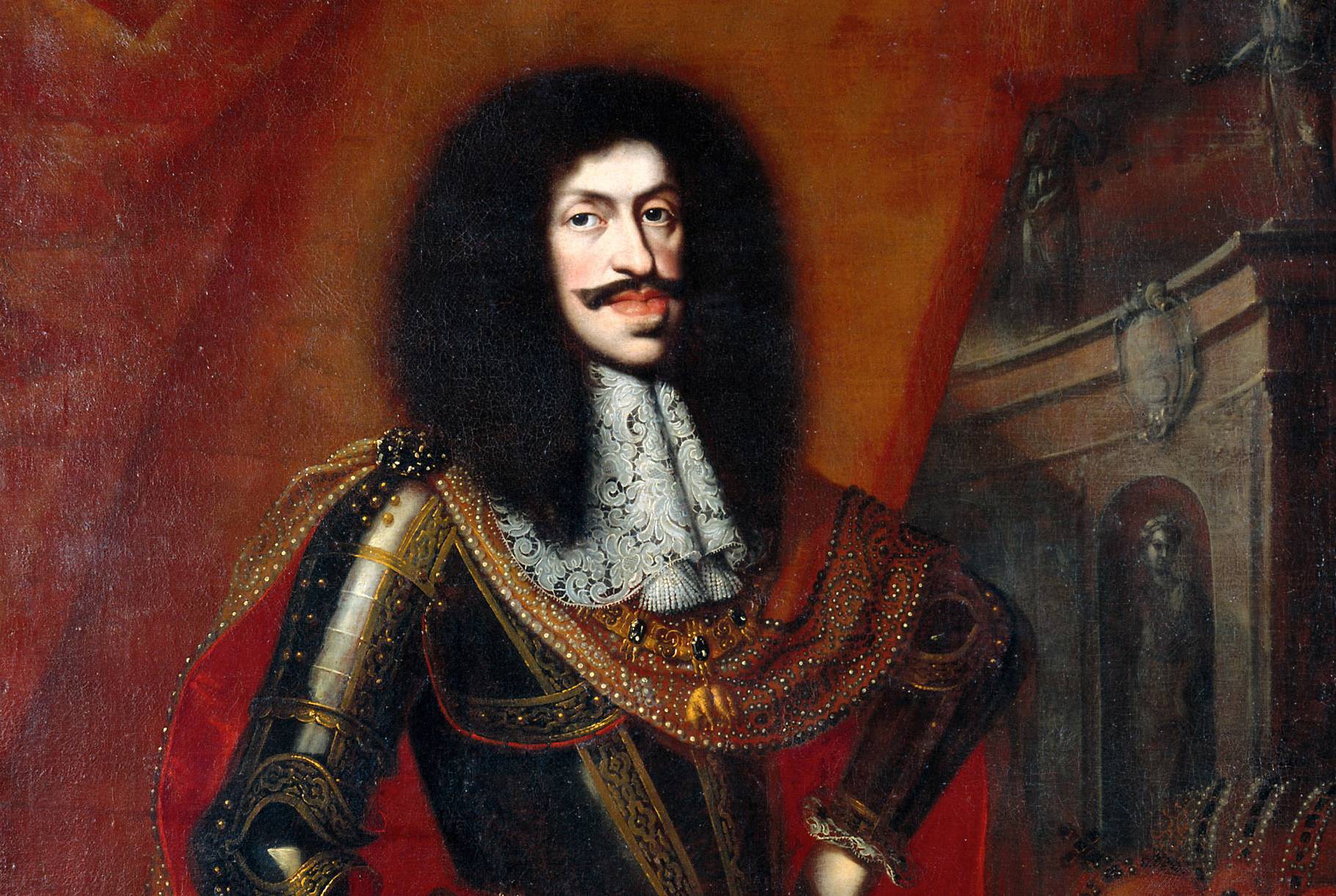 Benjamin Block, Wikimedia Commons
Benjamin Block, Wikimedia Commons
49. She Lived On In Her Children
Her first son, Ferdinand IV became King of the Romans, and the figurehead King of Hungary and Bohemia. Her daughter Mariana married King Philip IV of Spain and she went on to give birth to Charles II, the last Habsburg to rule Spain. Her second son, Leopold I succeeded her husband and became Holy Roman Emperor.
Mariana and Leopold I outlived their mother’s 39 years, while Ferdinand IV passed at 20.
You May Also Like:
France’s Forgotten Warrior King
King Charles X’s Arrogance Was Only Topped By His Stupidity
History’s Most Tragic Concubine

